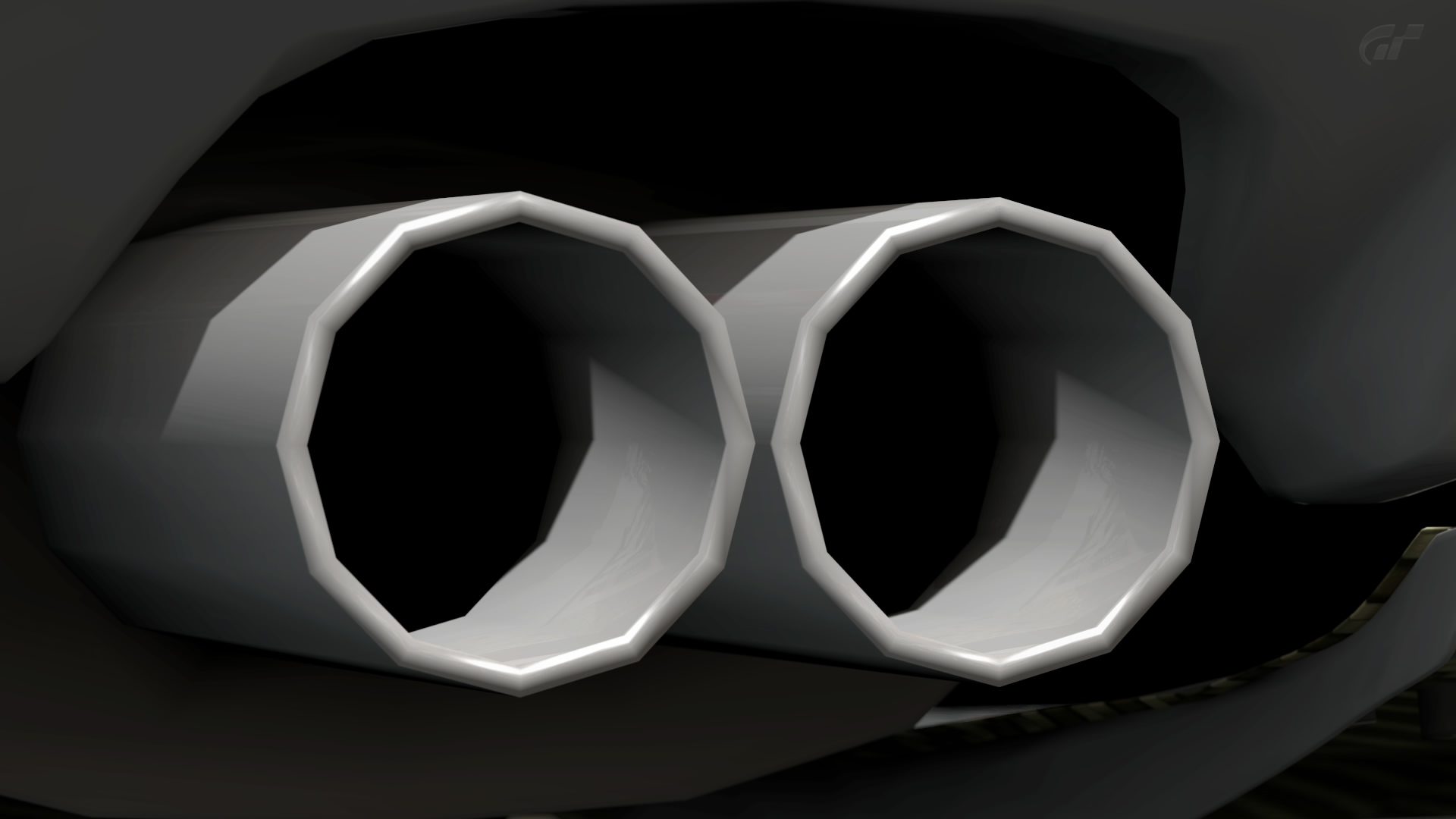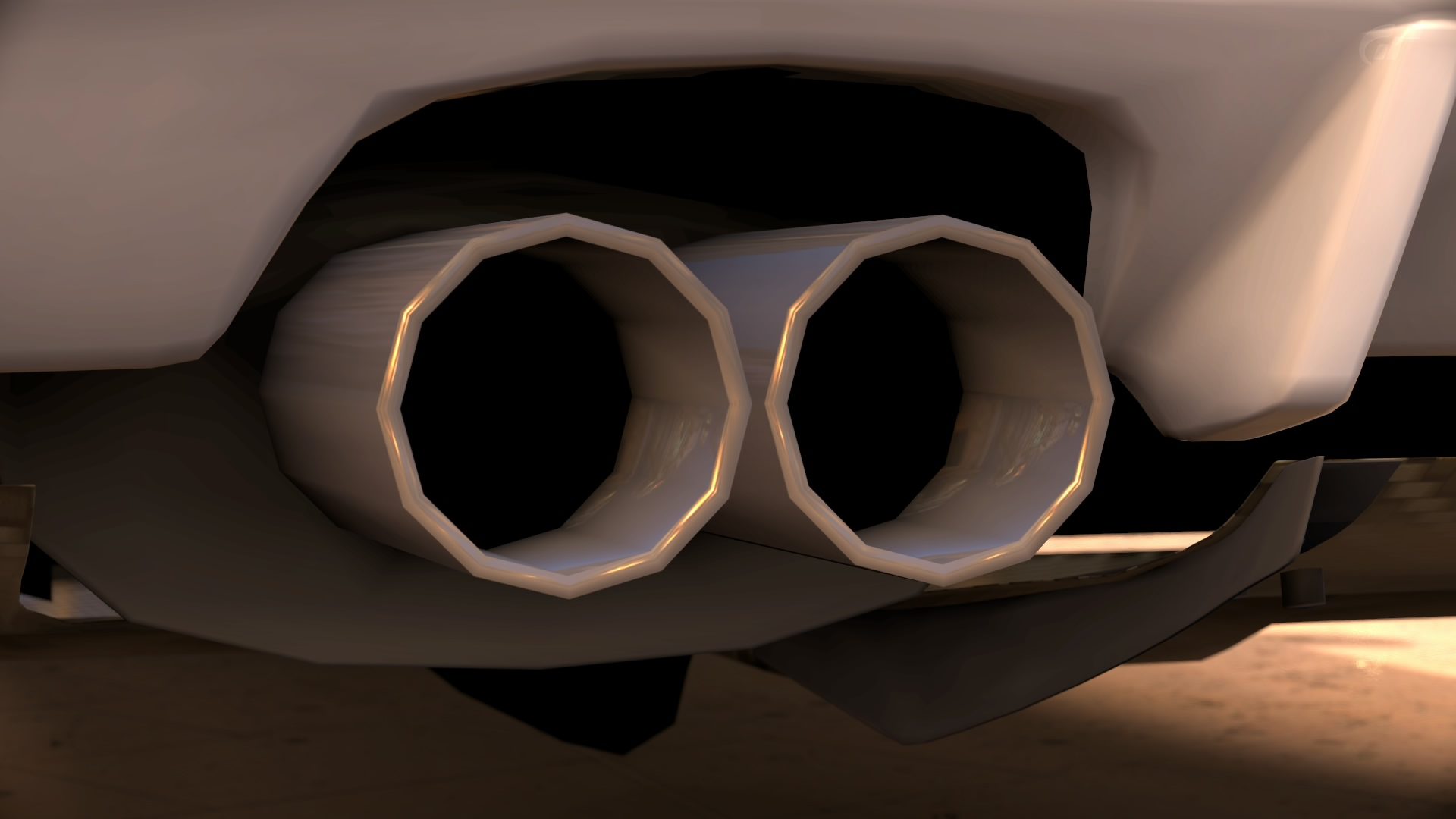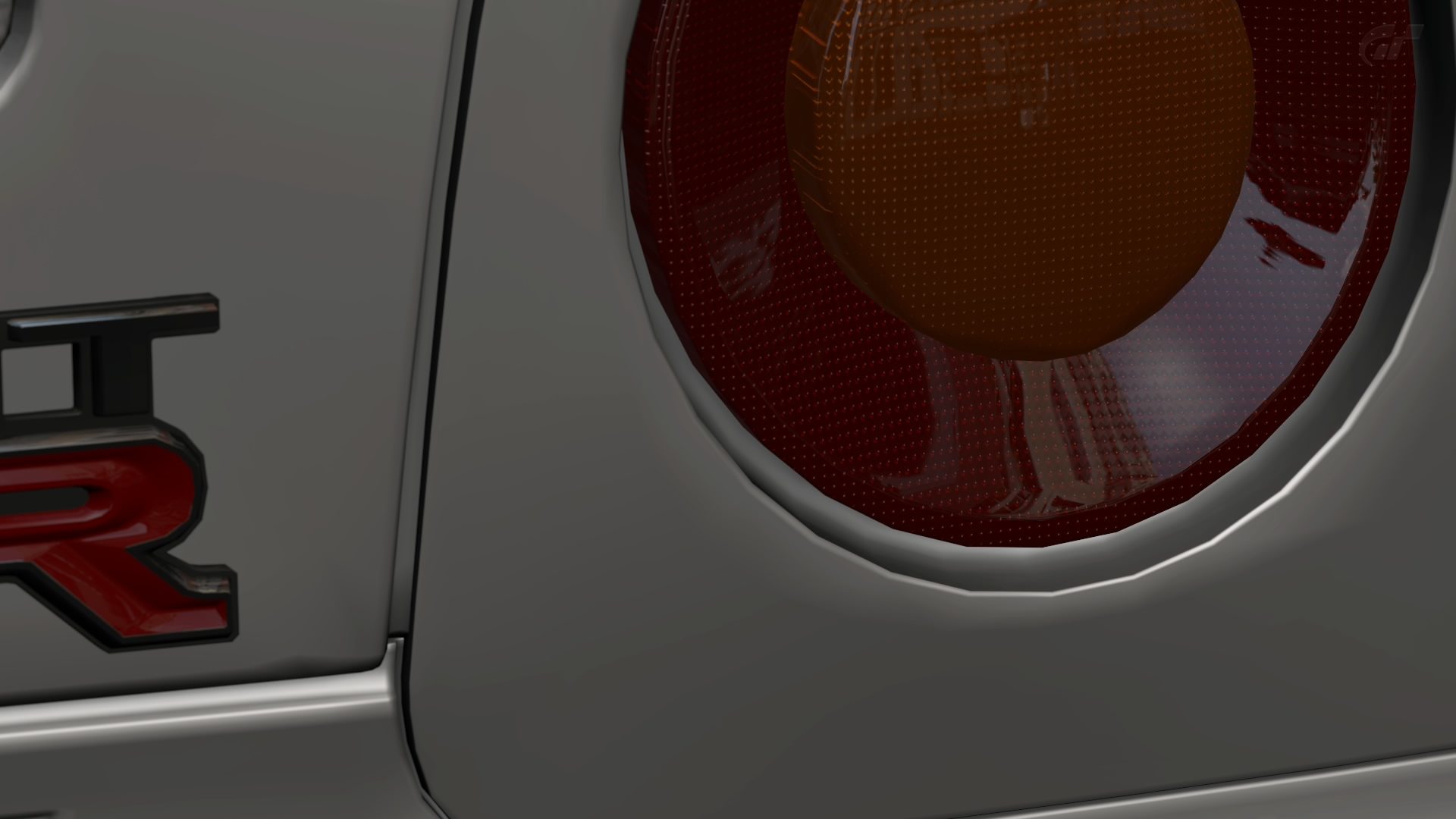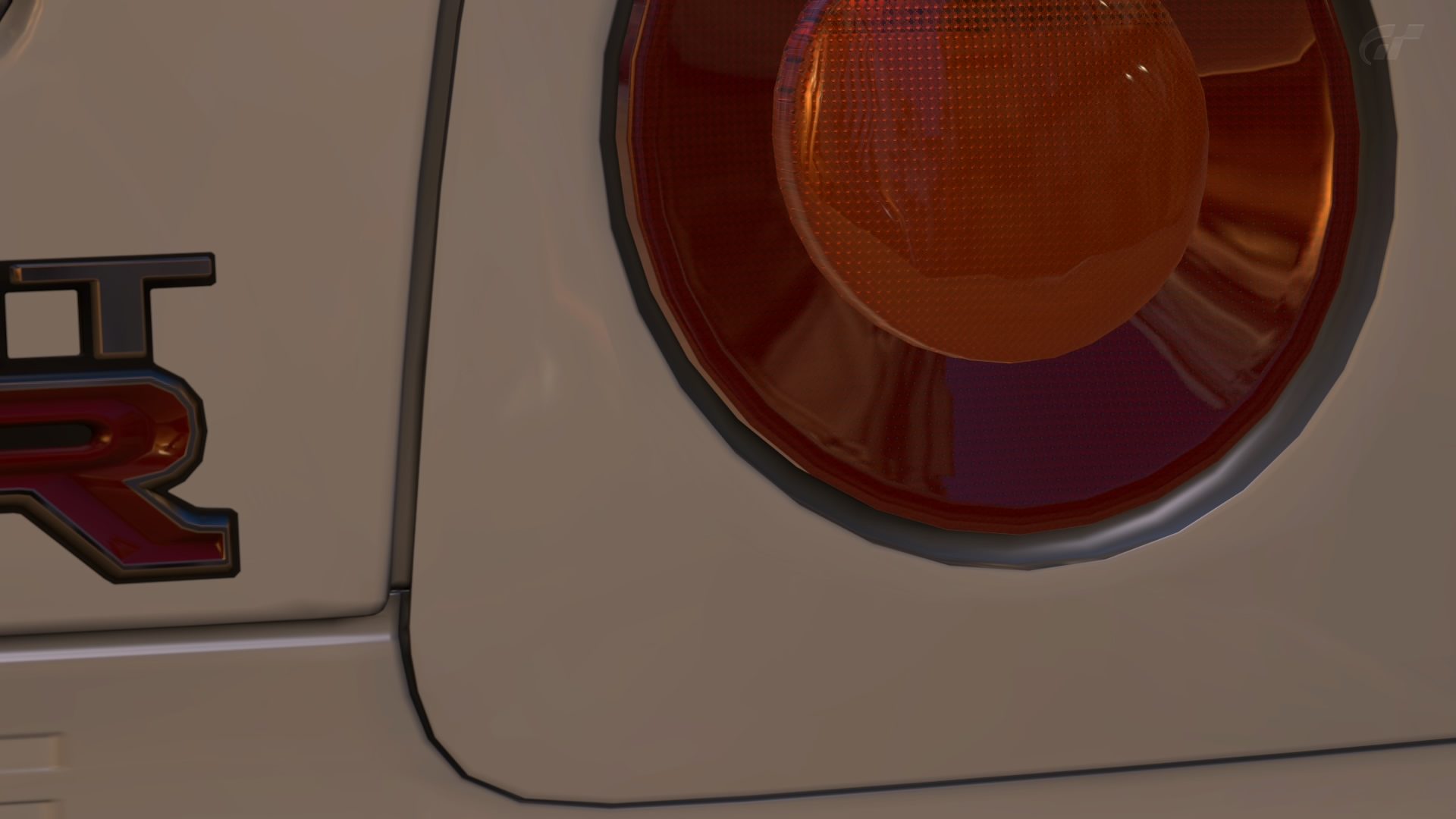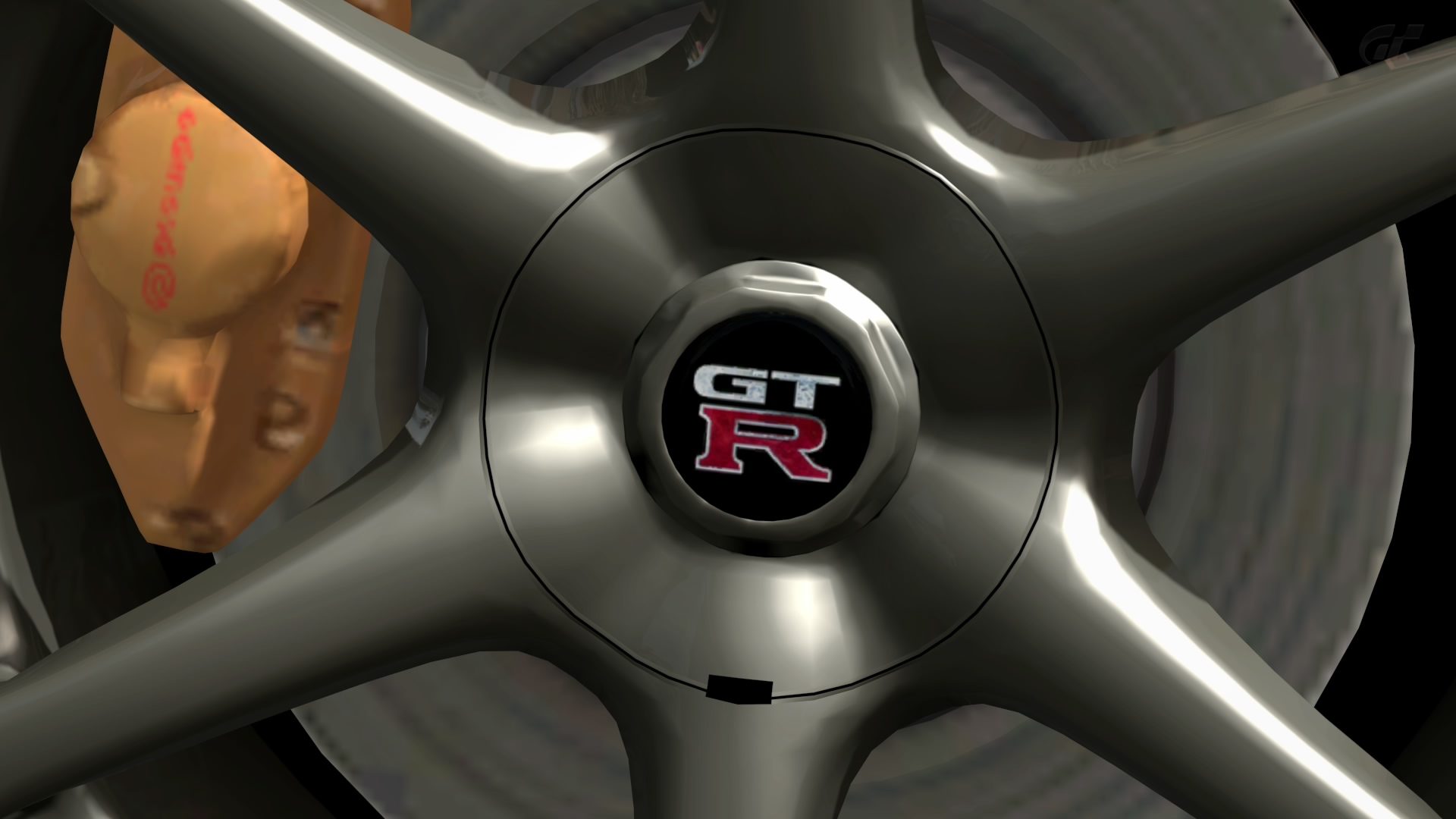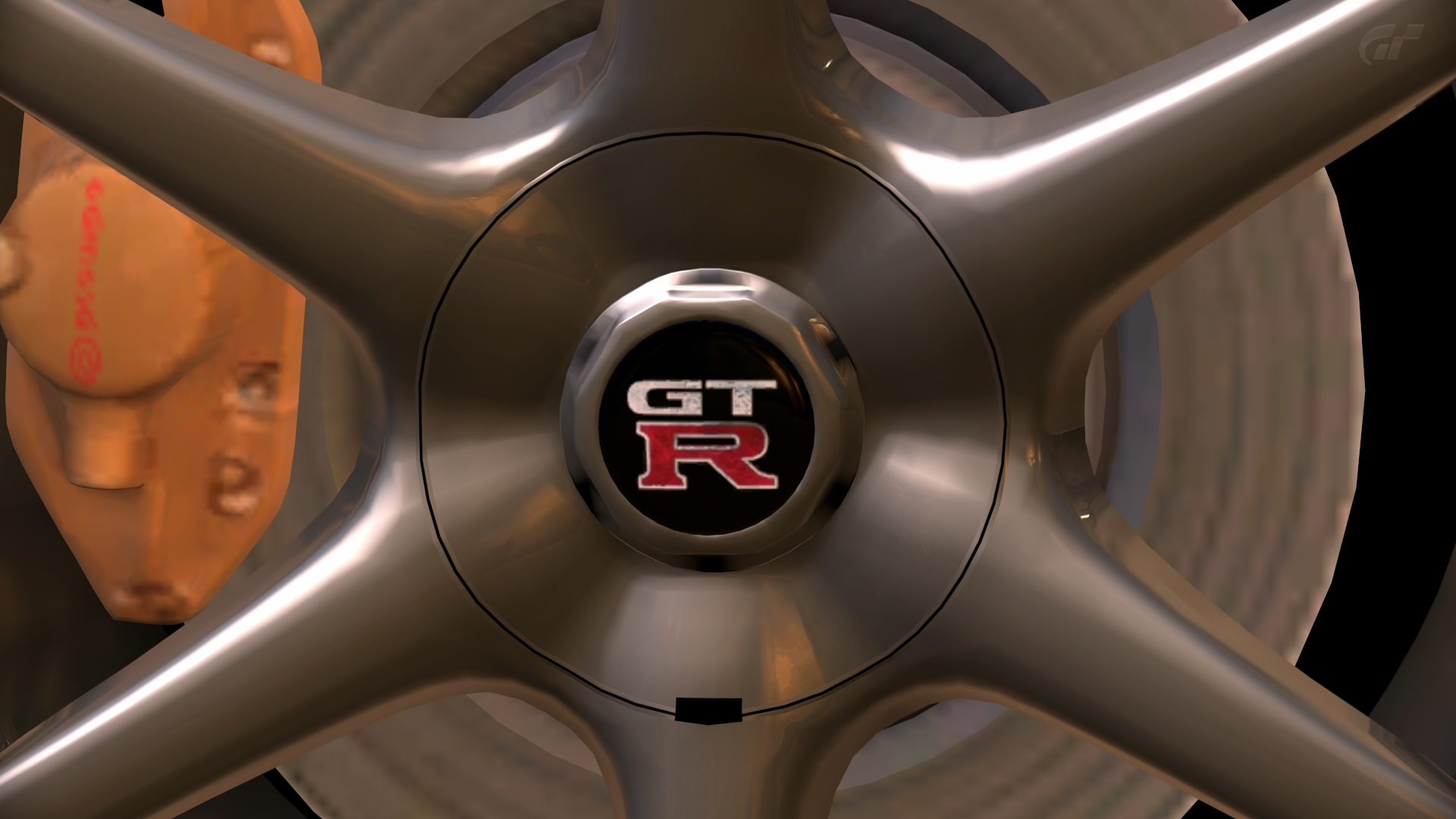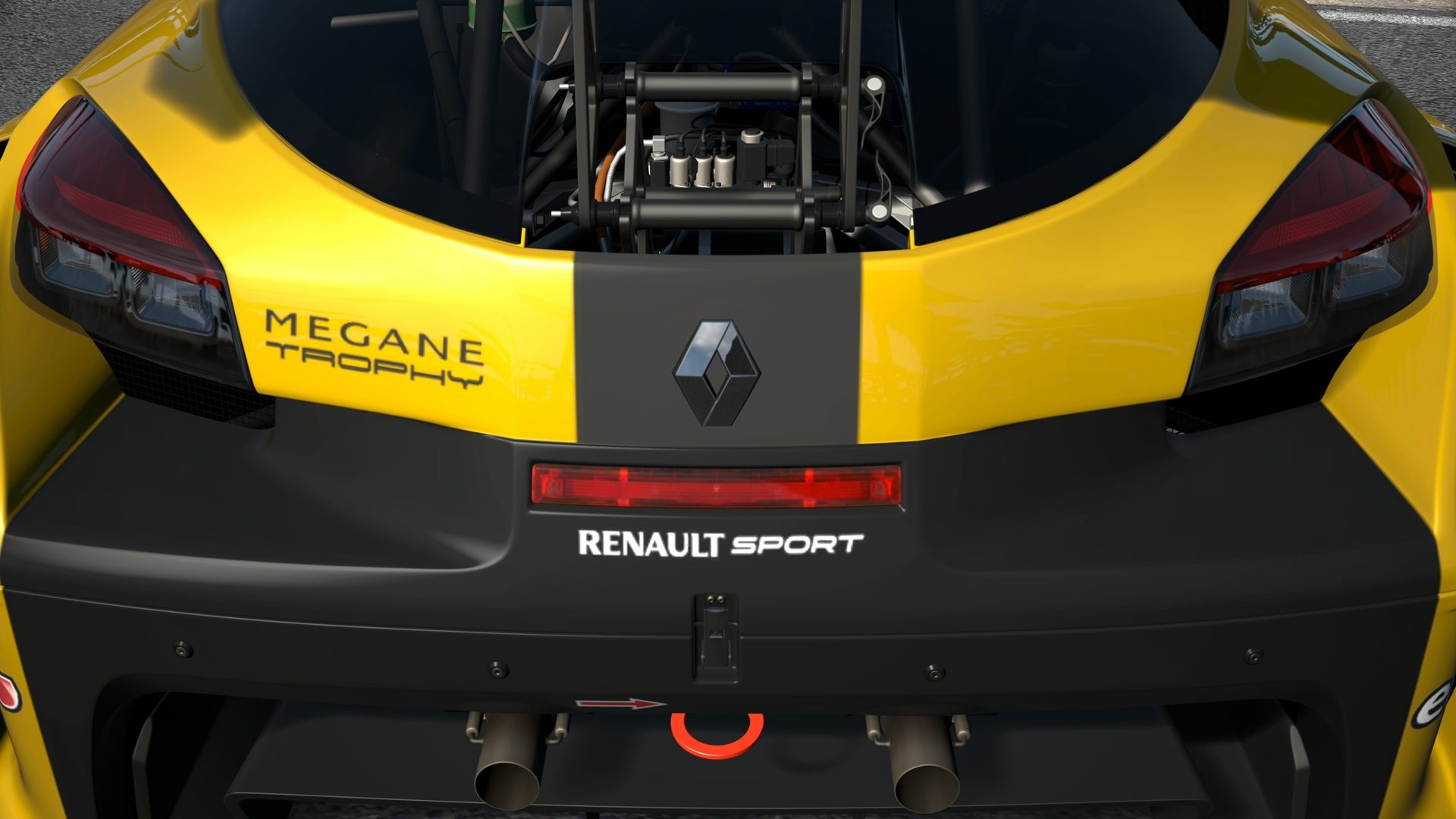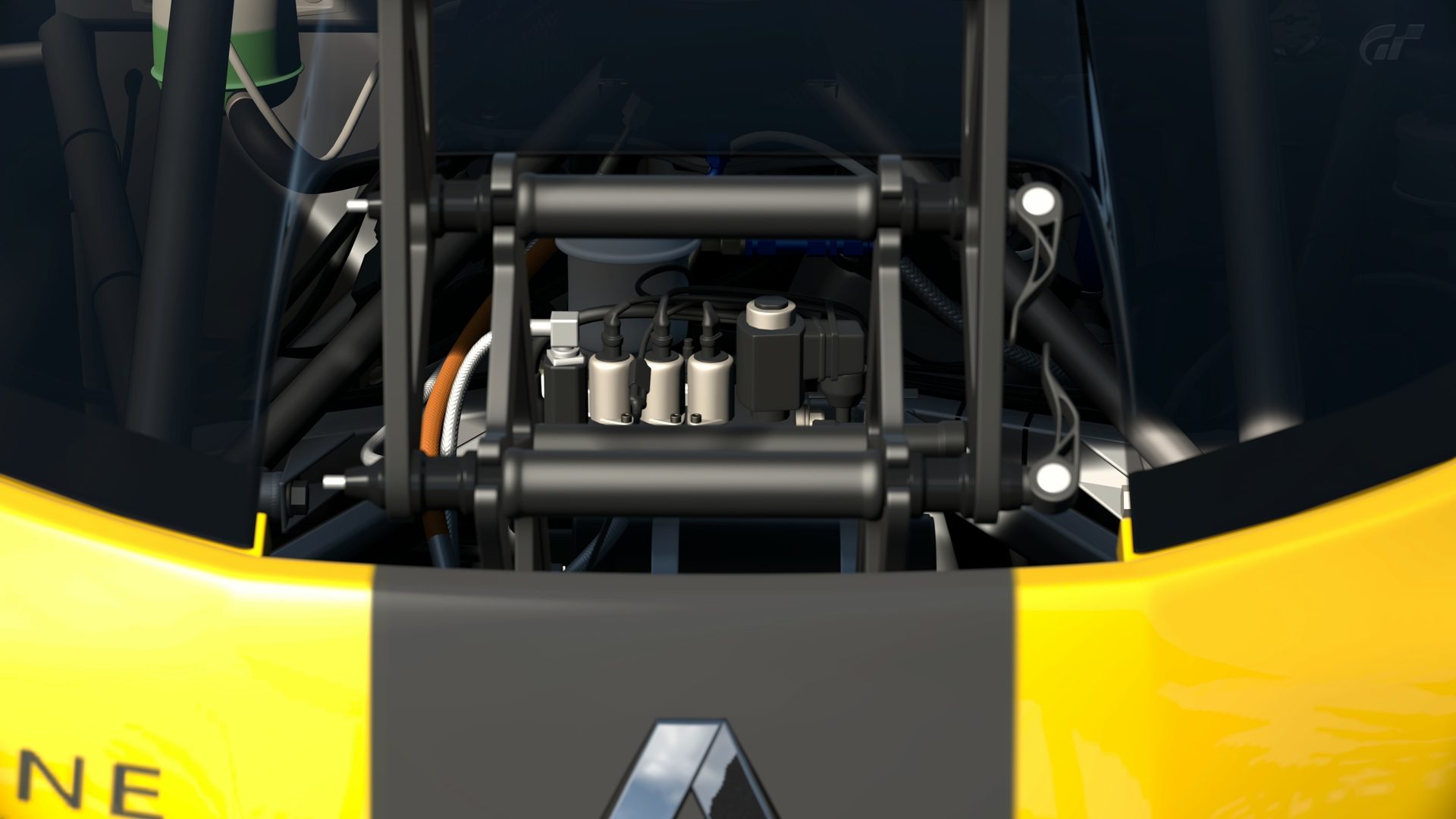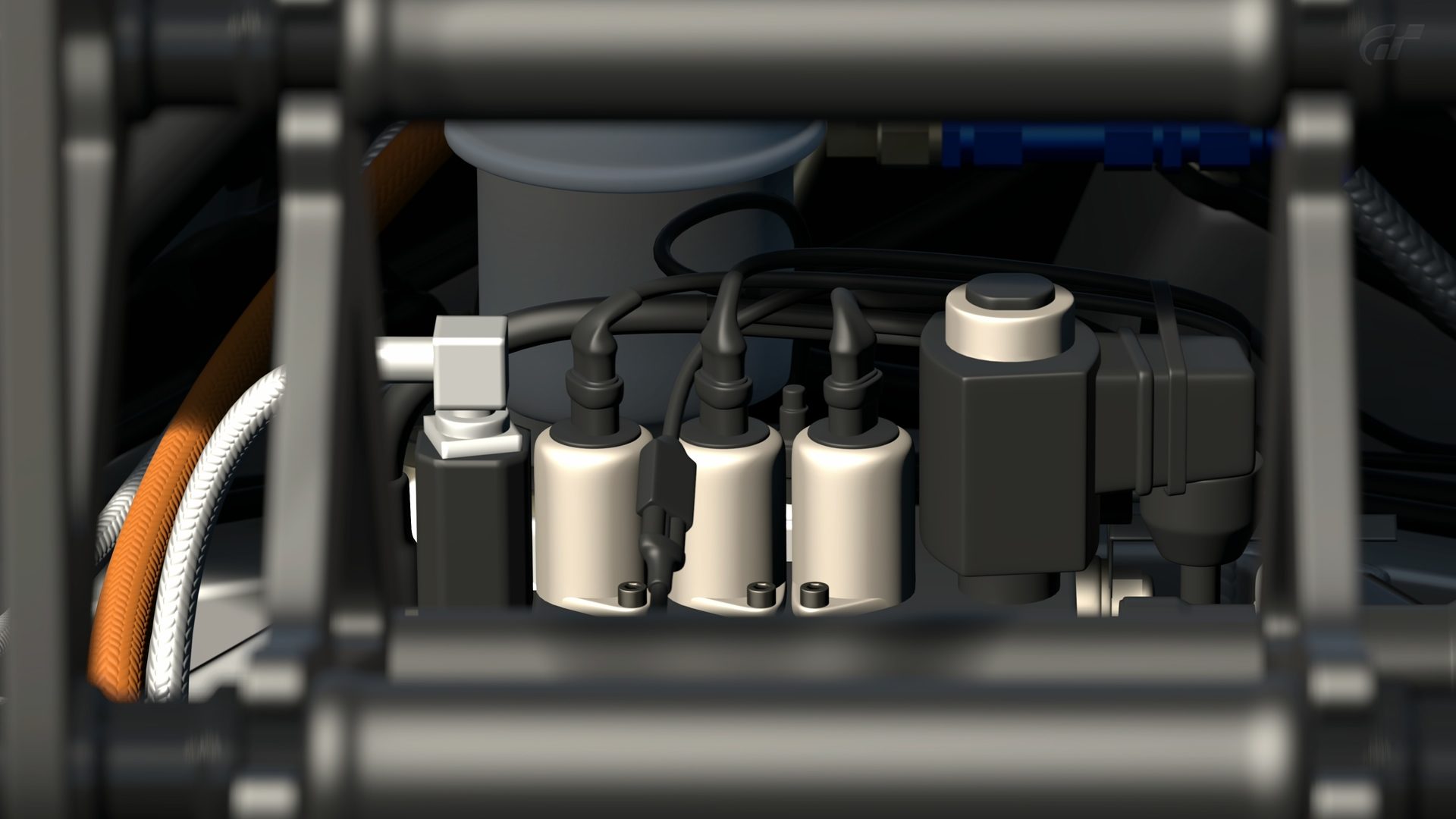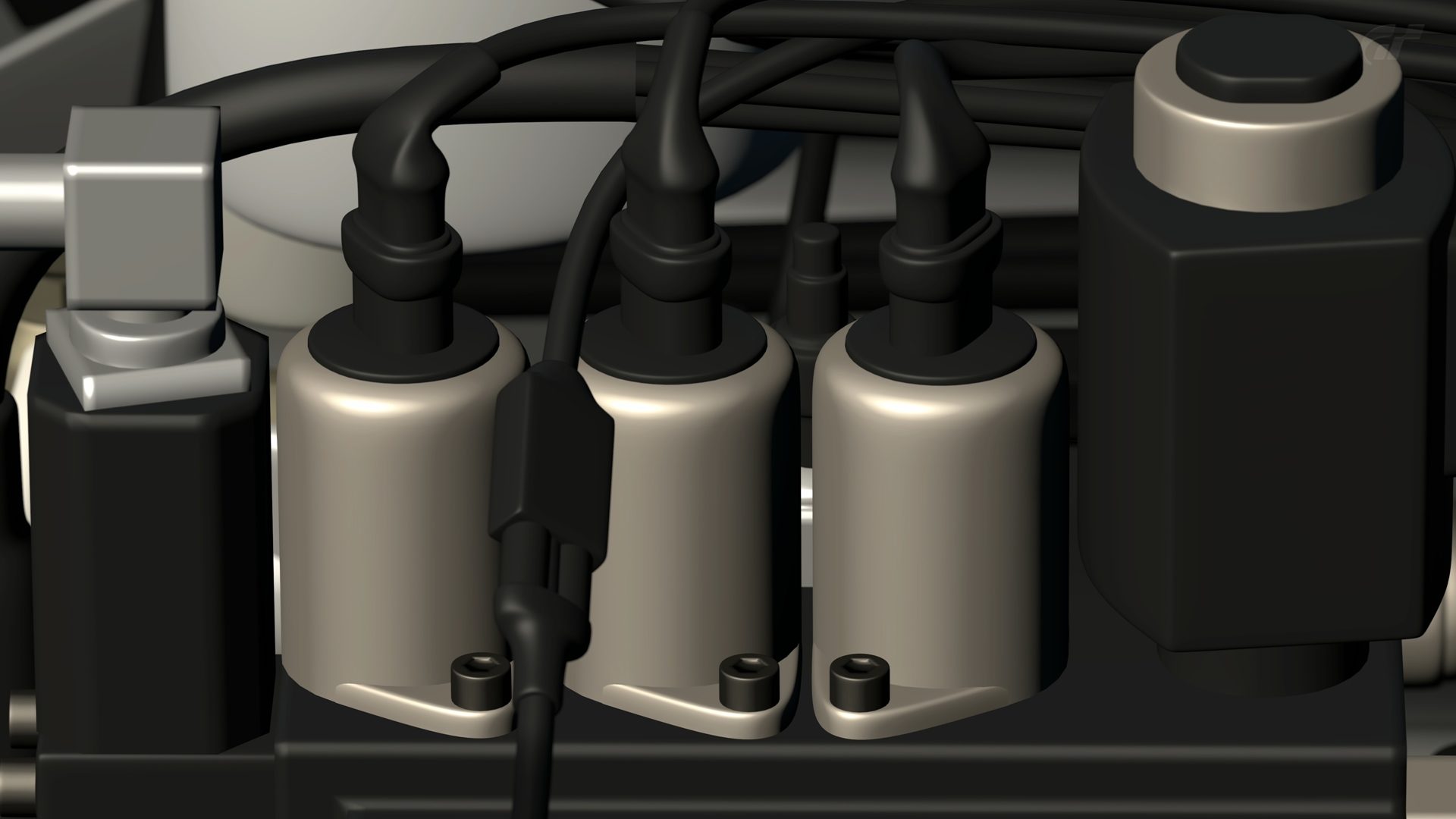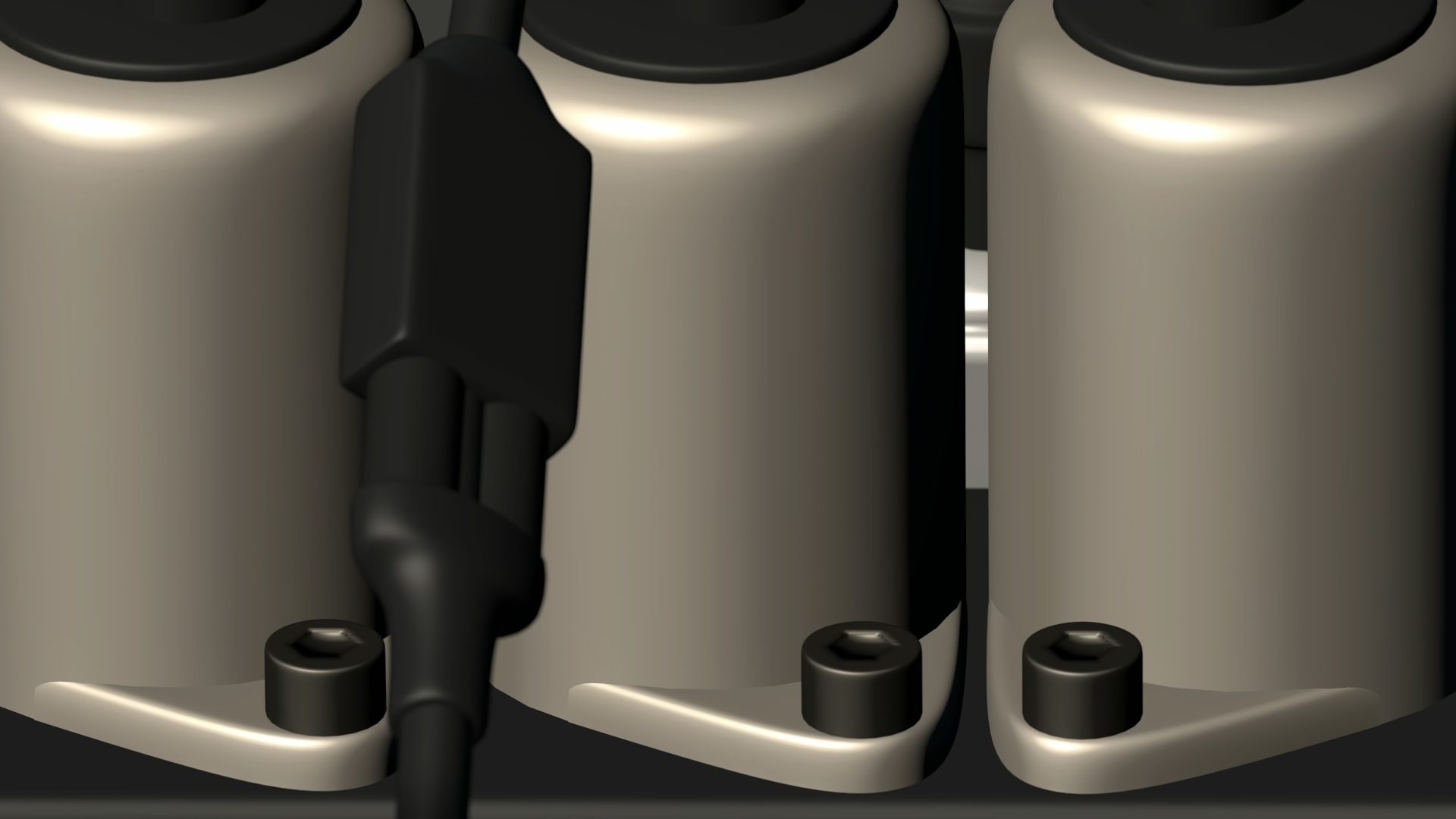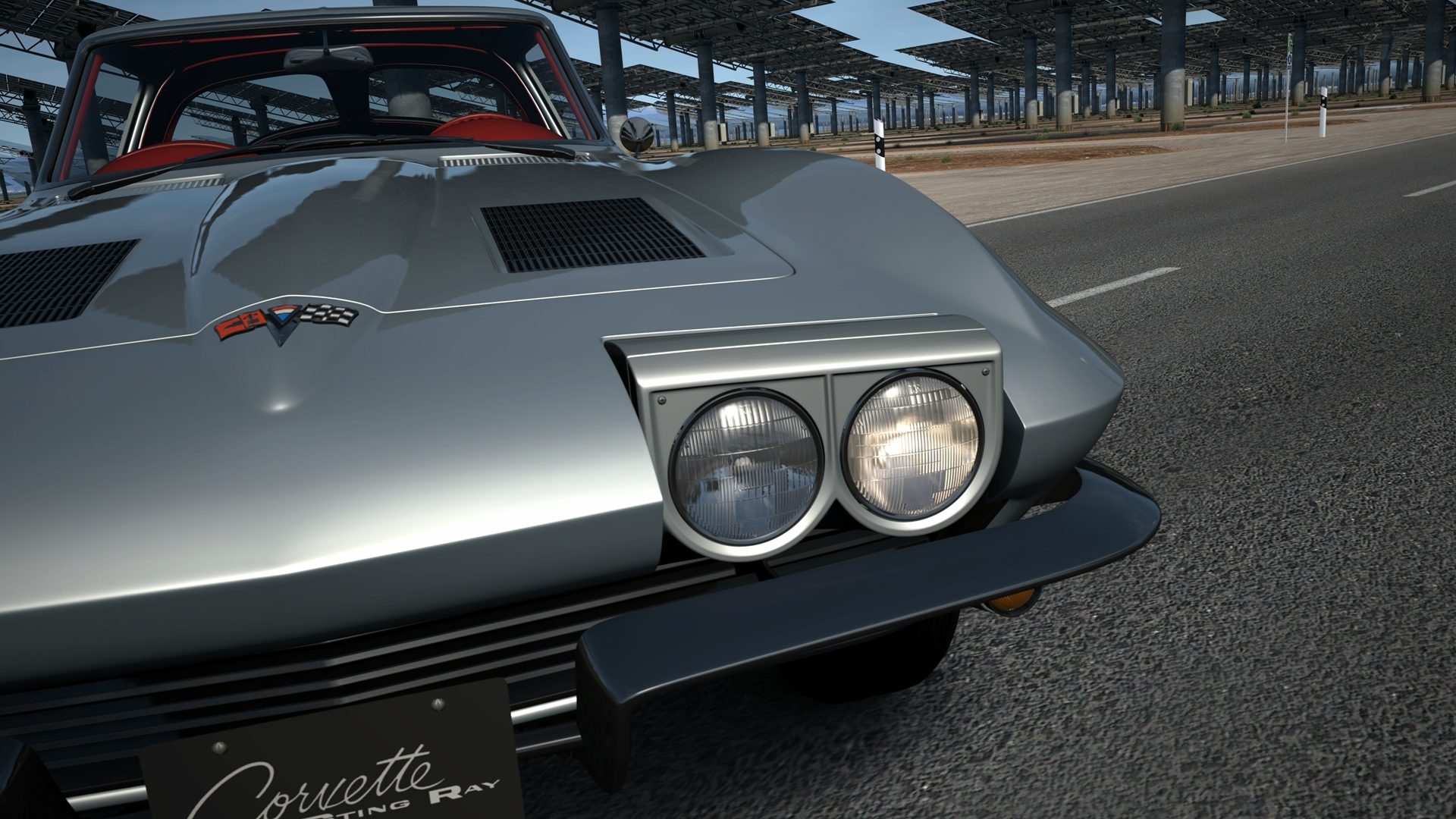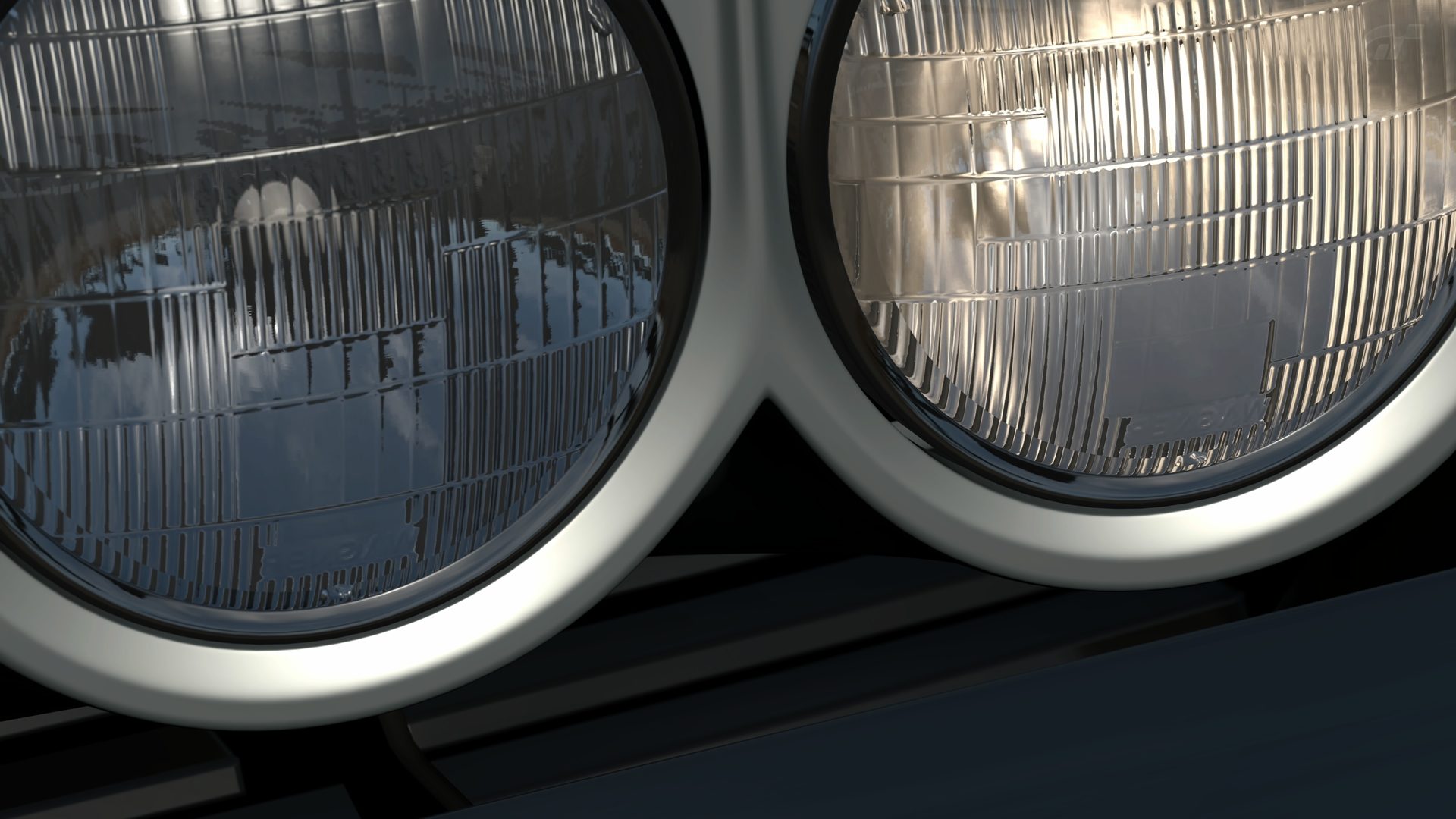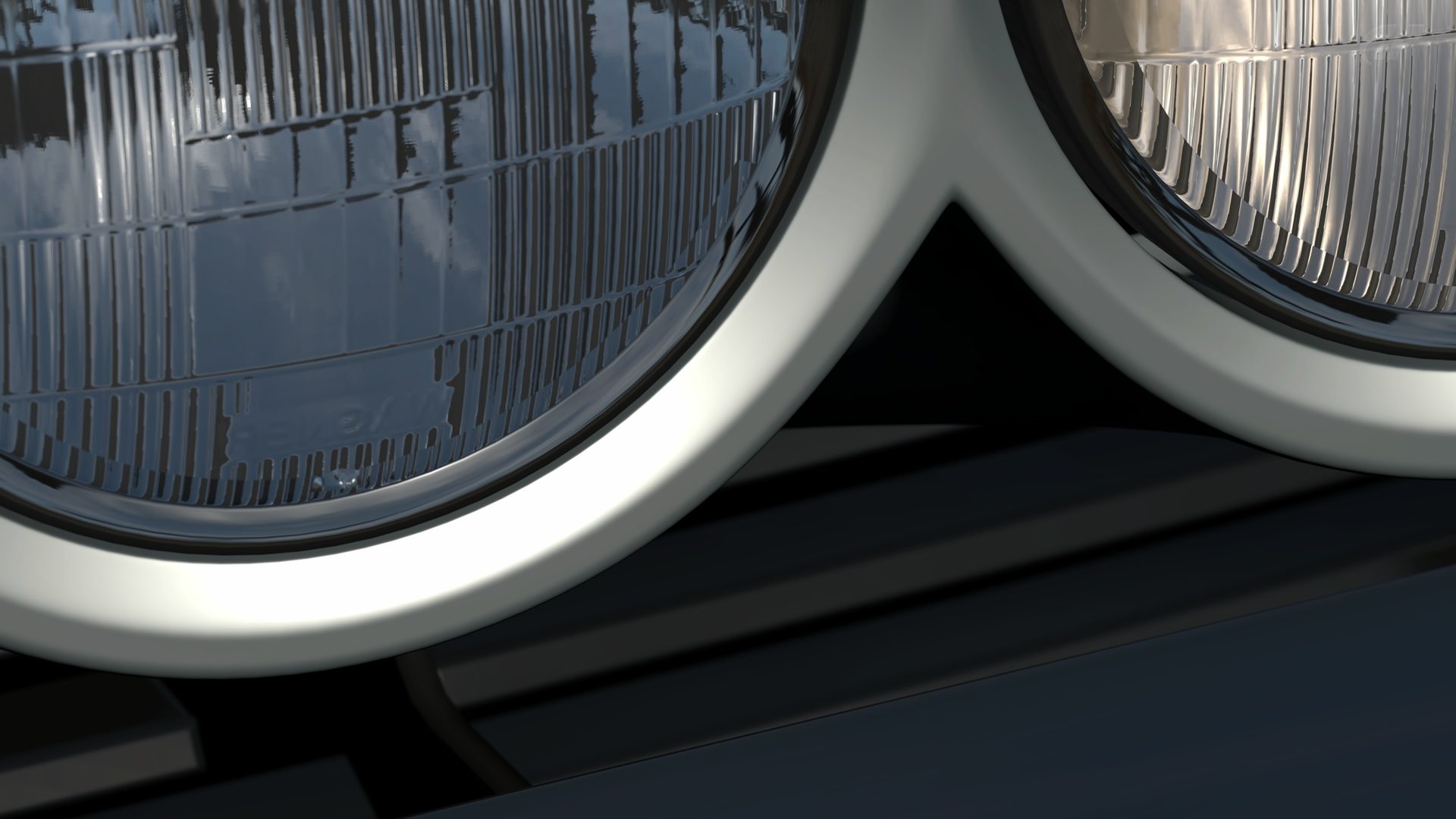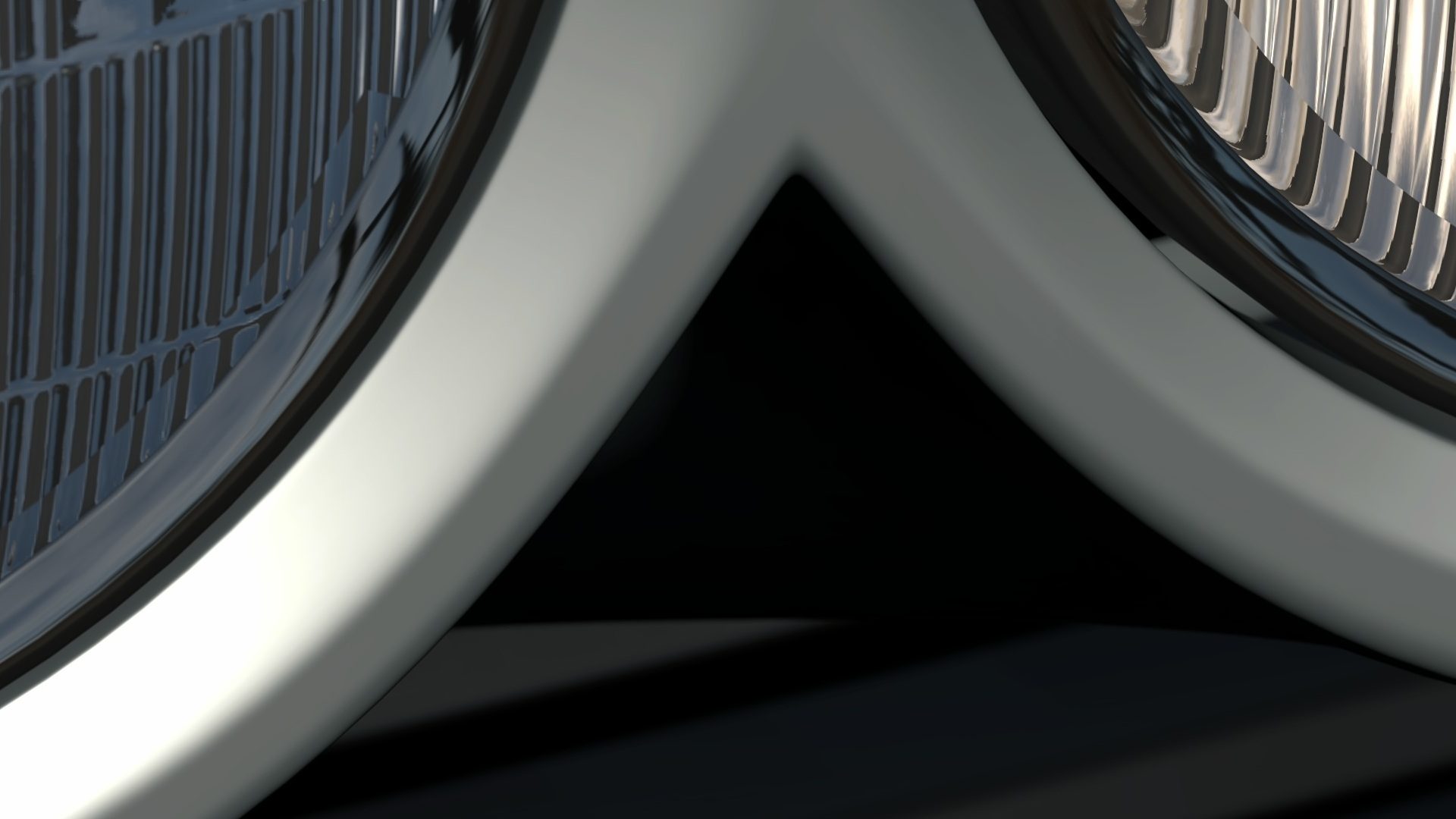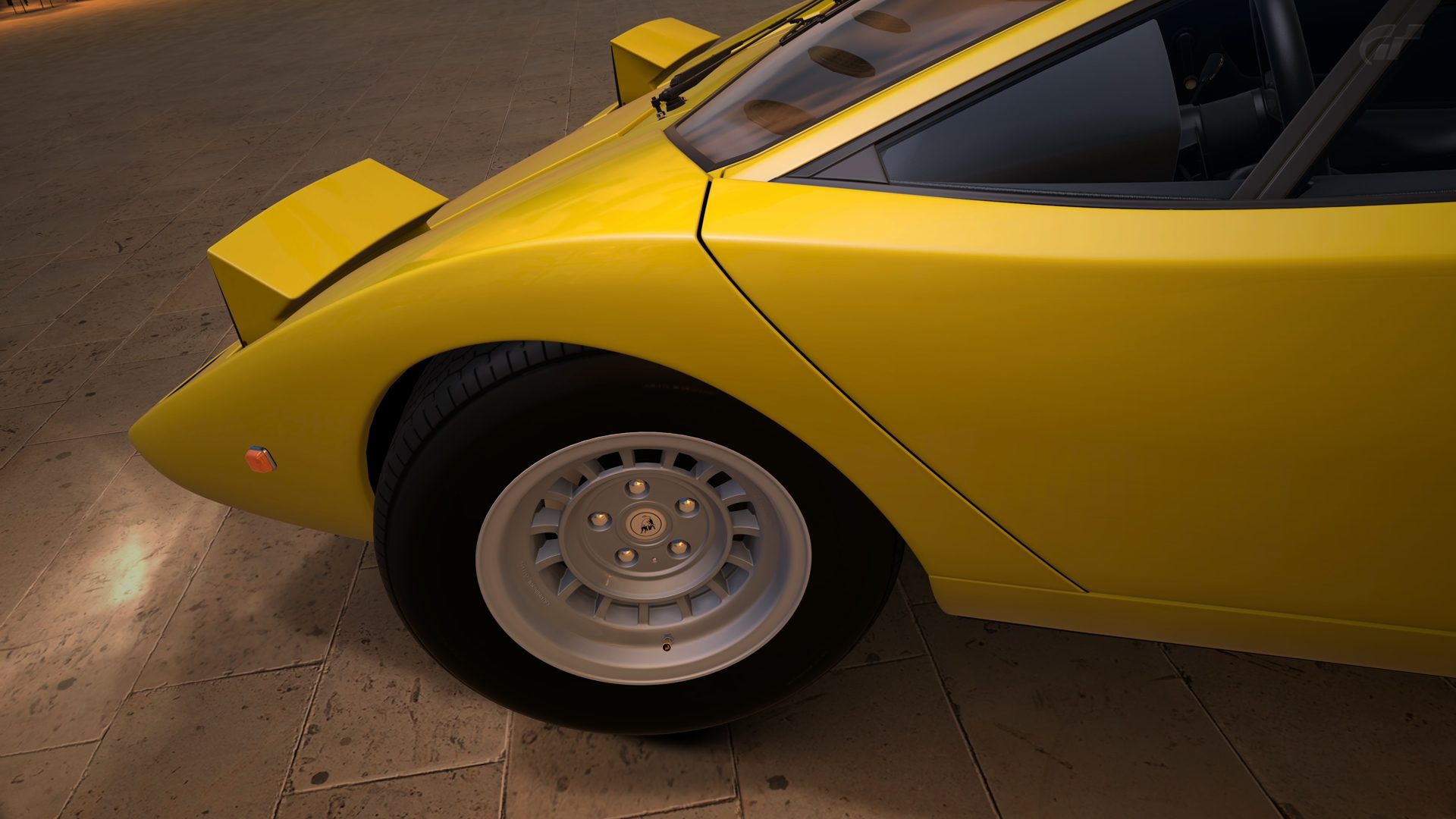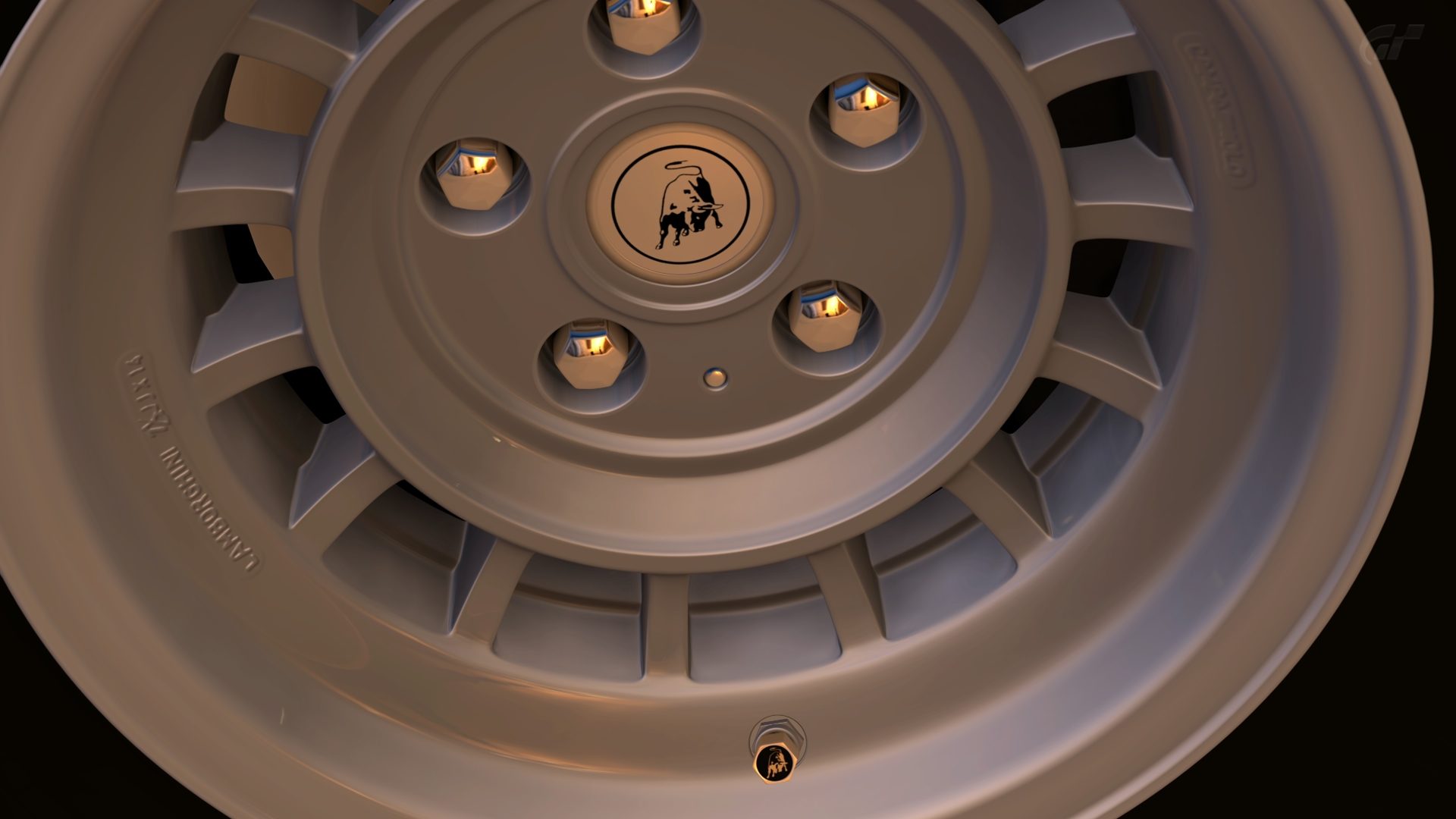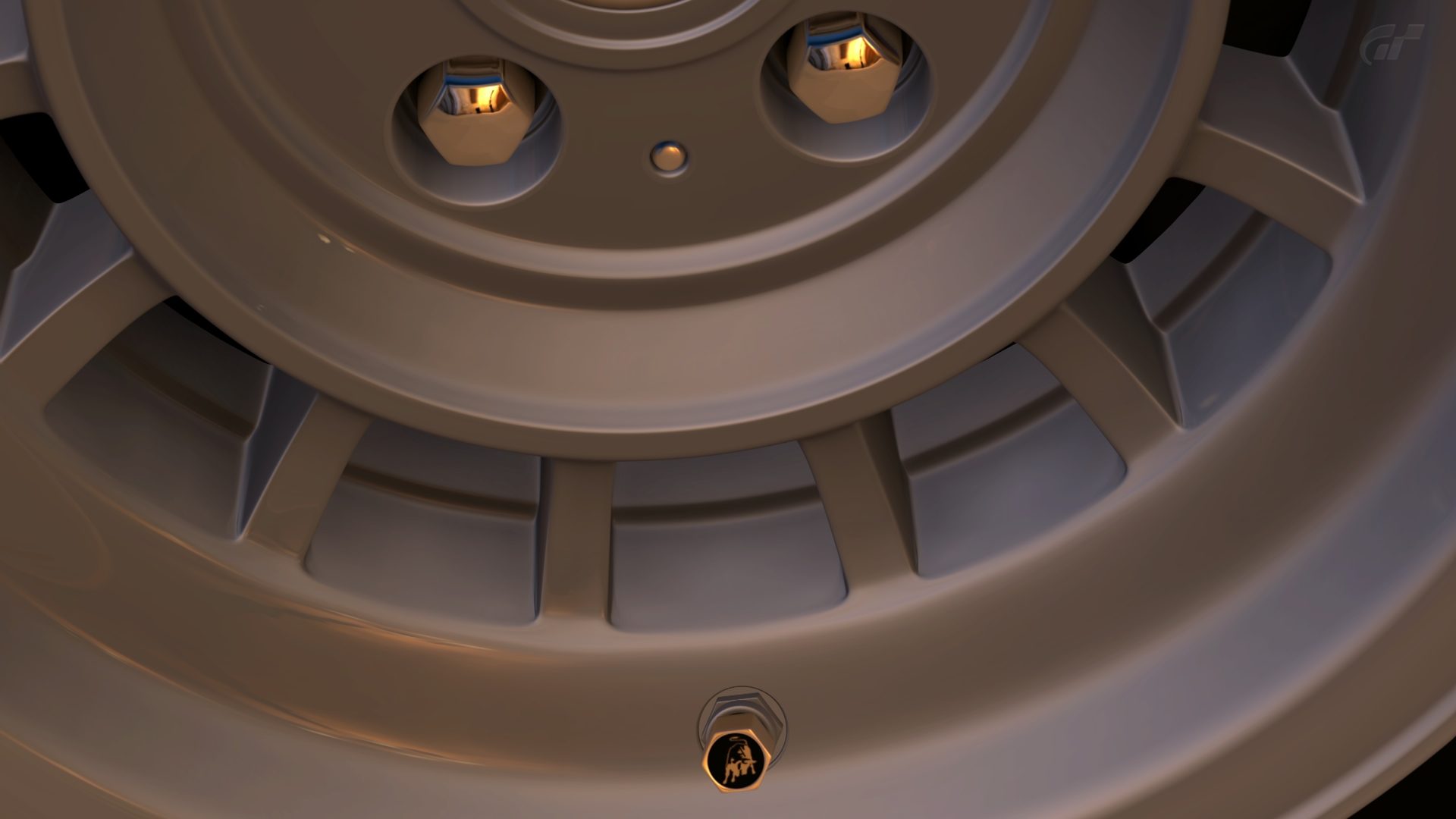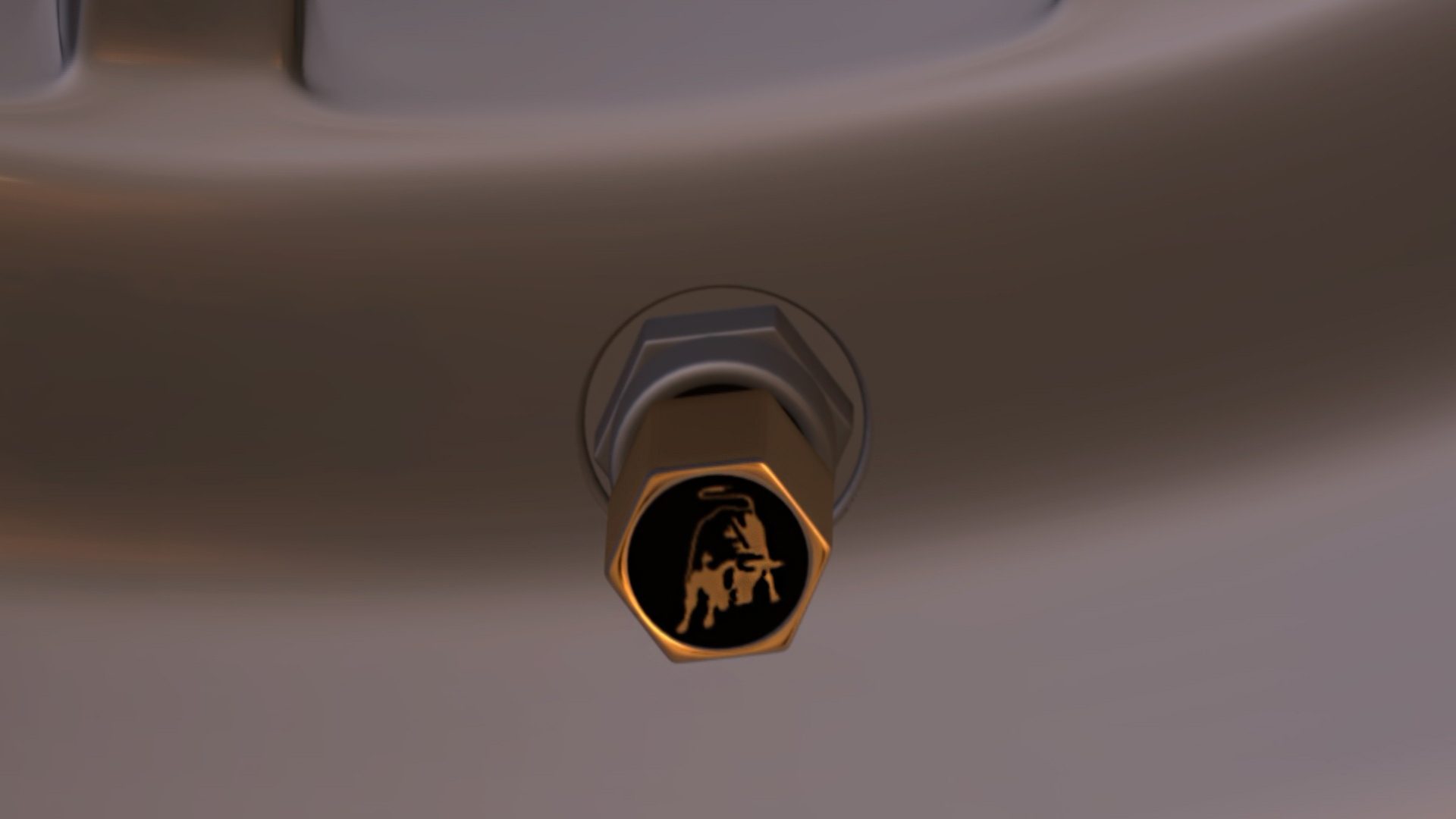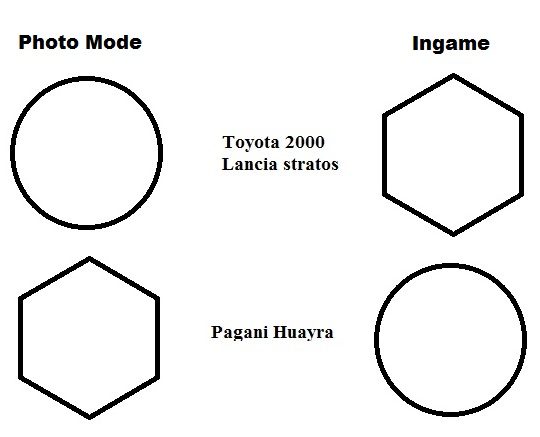- 4,434

- Netherlands
- PaMu1337
You've got it in reverse. Tessellation doesn't cause the boxy edges, it fixes them. The smooth edges are tessellated. Tessellation increases the detail (by making edges smoother).Nice photos, but if anyone cared to notice that in the photos where the tessellation is clearly seen there is actually much more things for the system to render in that one scene. Each of the angular looking photos has much more things that could stress the engine and tessellation is just a fancy way of culling detail in order to make things look a little more natural and not have that LOD pop in like in GT5. Do you have those photos in their actual snapshot, as in the what was the object of the photo and not just a zoomed in part. Why tessellation is active in photo mode is baffling, the car isn't moving and very little is going on, so the engine shouldn't need tessellation at all in photo mode. Just an observation on my part about the detail in each shot is all.
No the cars added to GT6 do not have more detail than the cars built for GT5, that would stupid and counterproductive. GT5 cars were built the exact same as GT6, they are all super sampled well beyond the PS3's and PS4's capabilities, just reduced in visual detail to fit the program and run. Only a foolish developer would build models of inferior detail only to have to redo those models yet again in 5 years when he could have just developed the model at the highest level possible and using his high powered PC to cull detail to match whatever system he was going to use the model in.
Tessellation in GT6 is hit or miss as at times it works inconveniently and PD should add in code to turn it off and just leave the LOD pop-in as that is easier to stomach than angular wheels for no apparent reason when they were nicely rounded a few seconds earlier.
Note the visual detail is insane on these cars when that tessellation isn't making things all boxy.
So it takes a lower poly model and makes it higher poly model. The GT6 models are already very high poly, and any non-smooth edges still on it are fixed by tessellation.


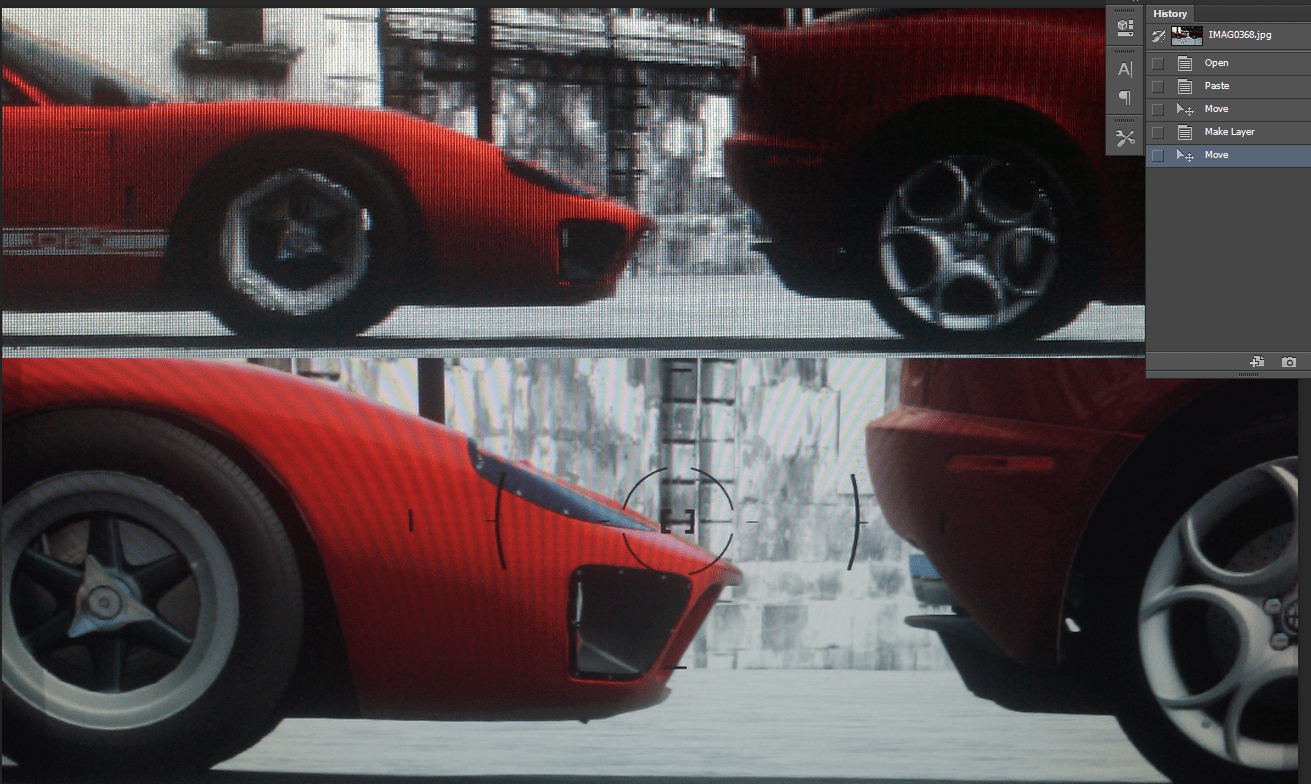




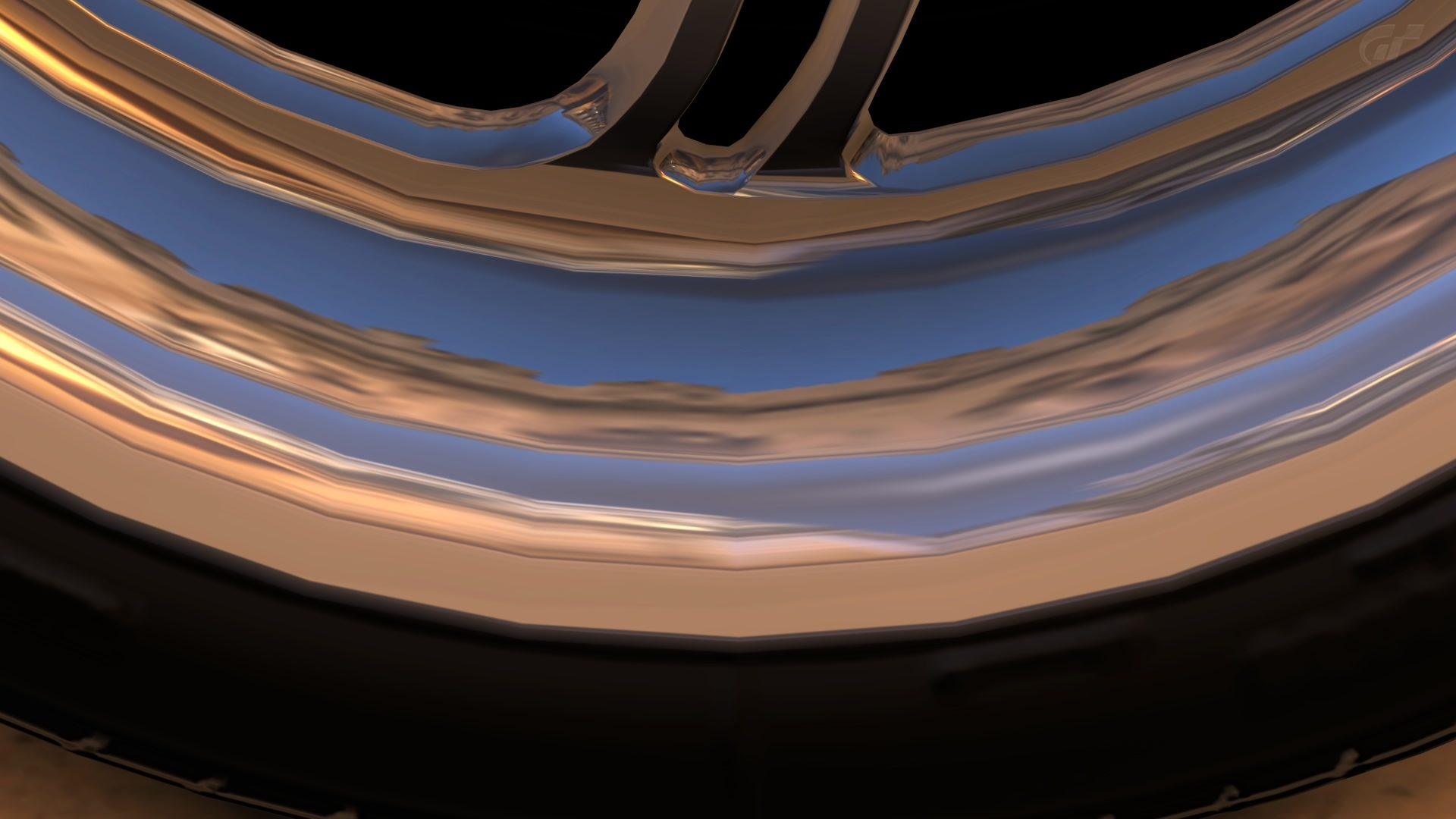
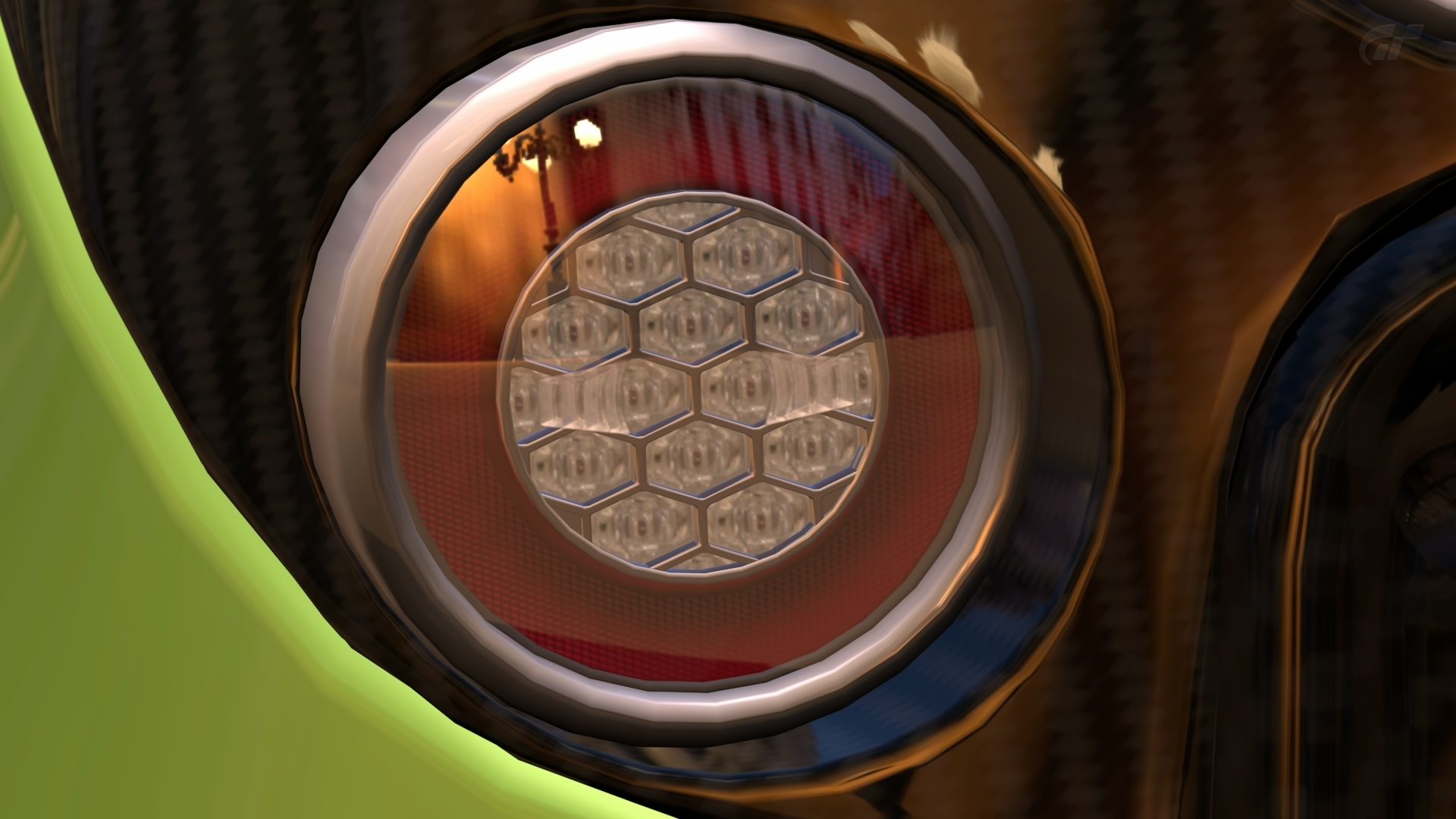
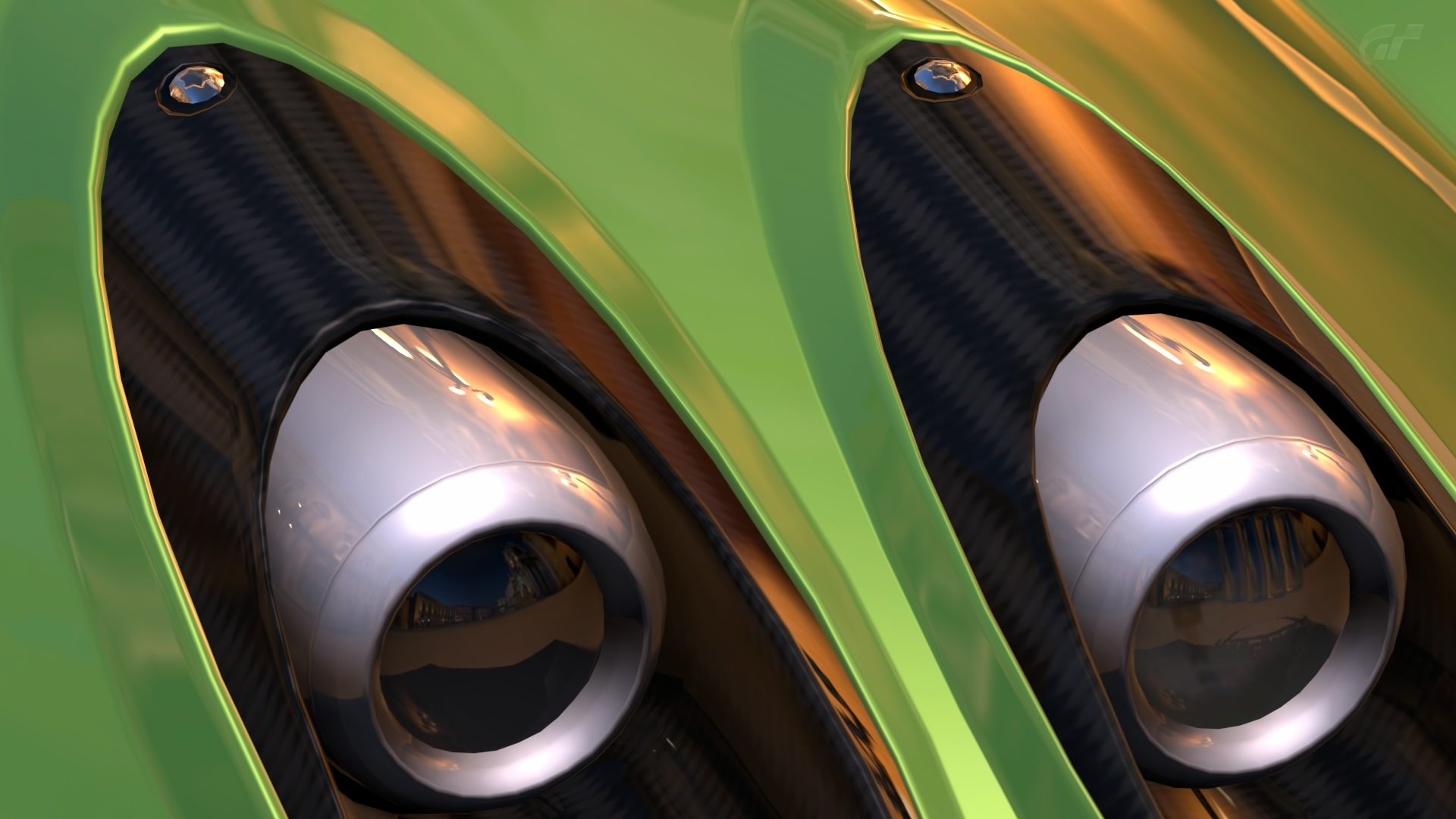
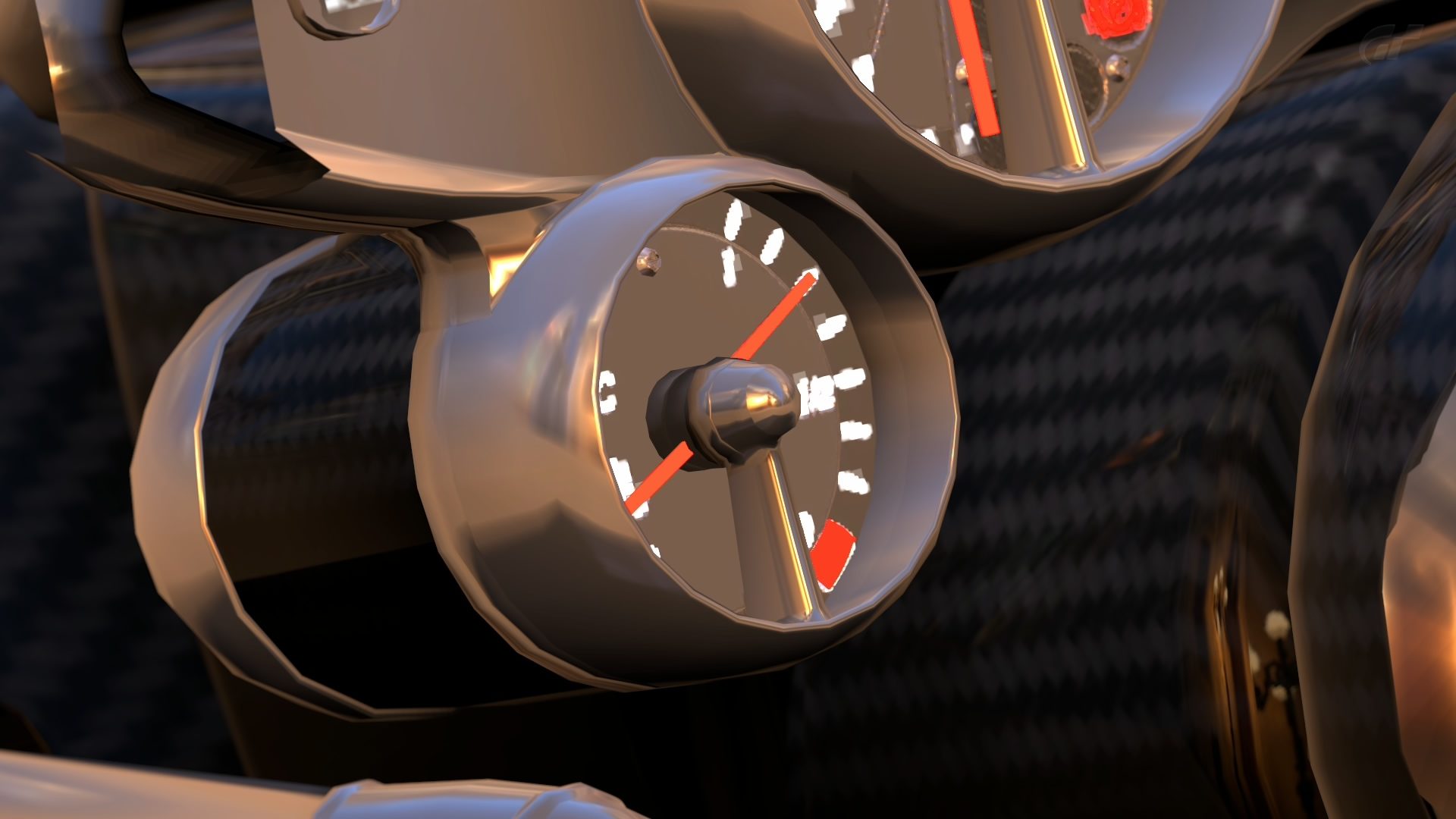
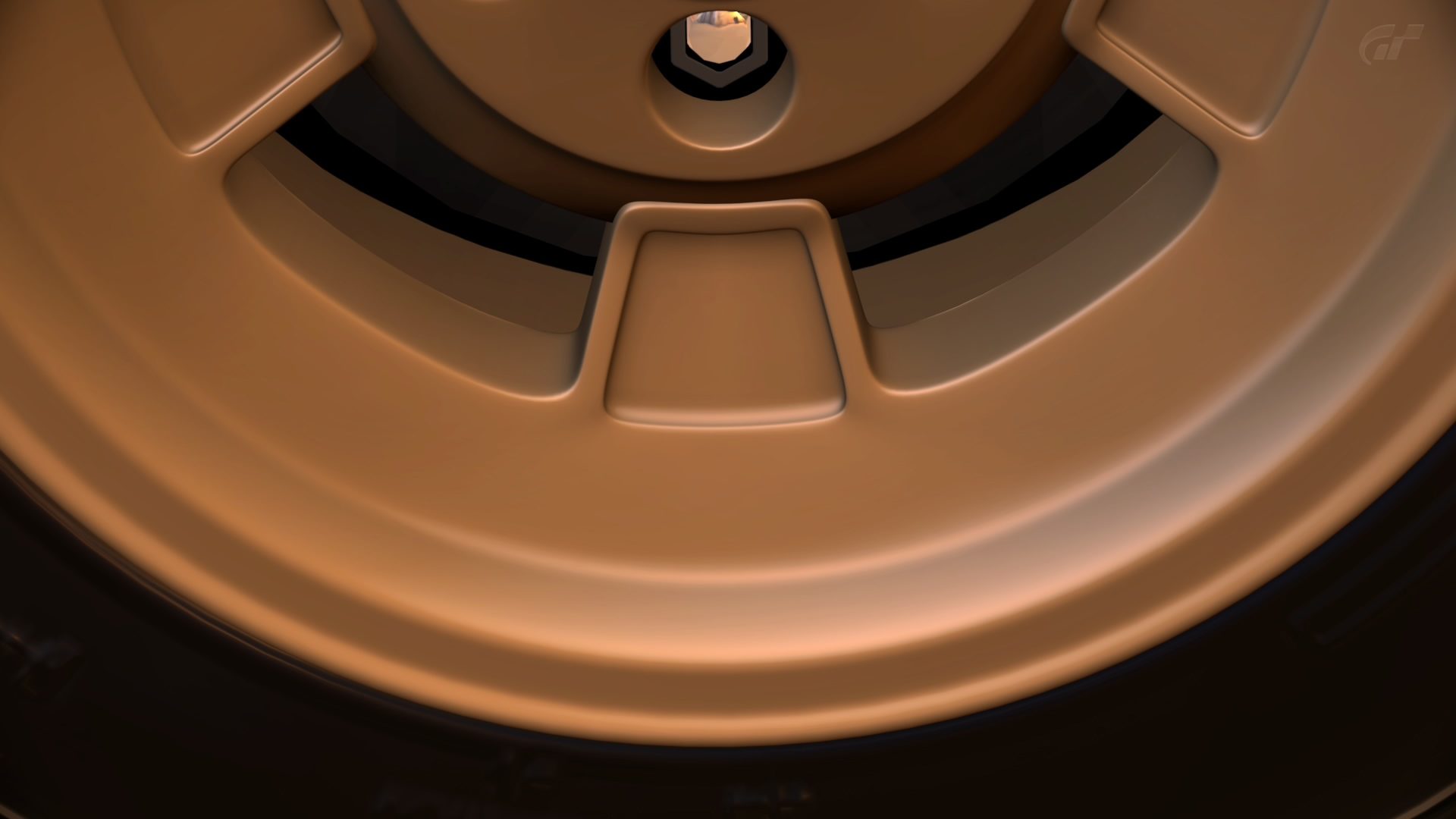
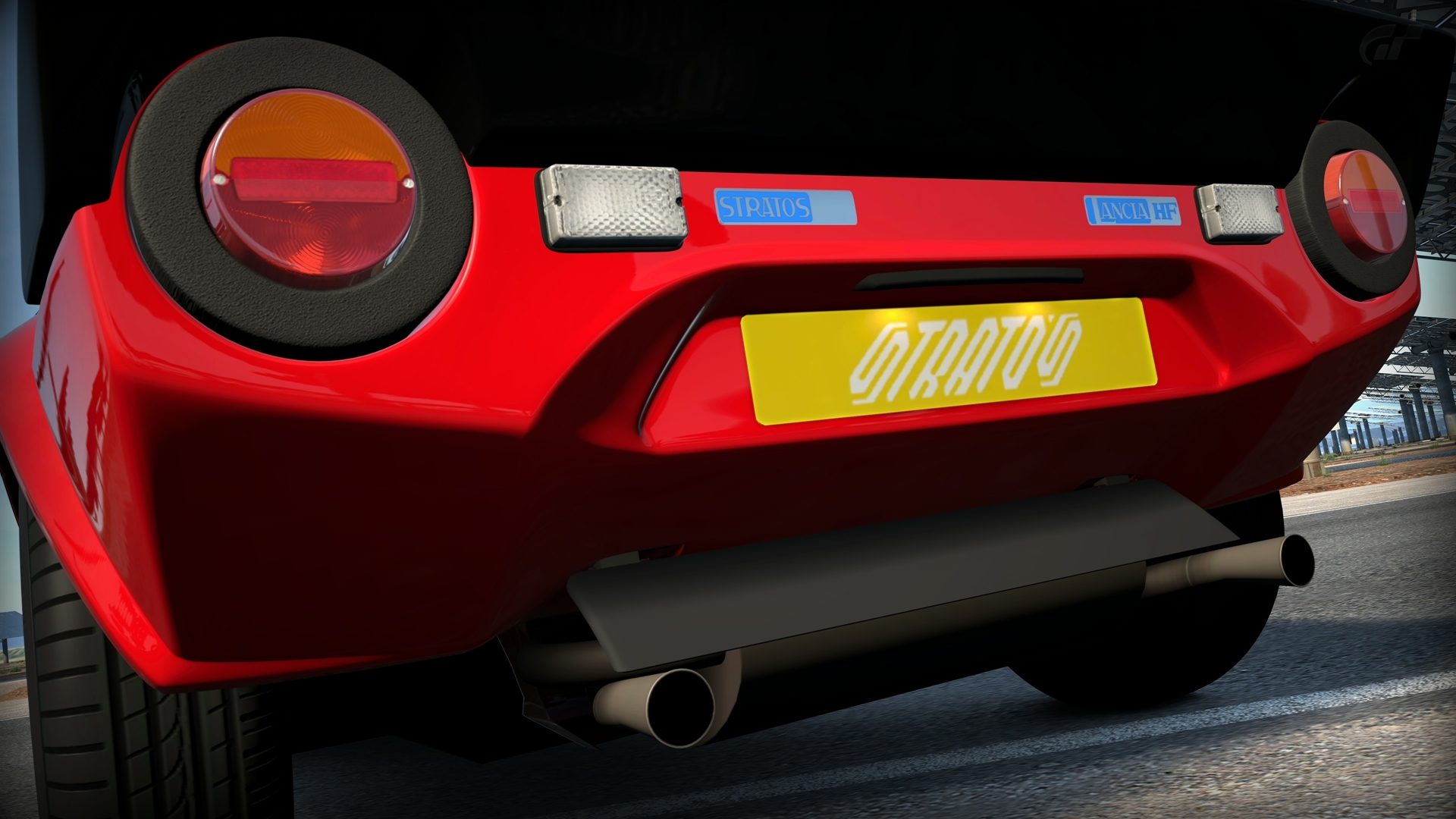
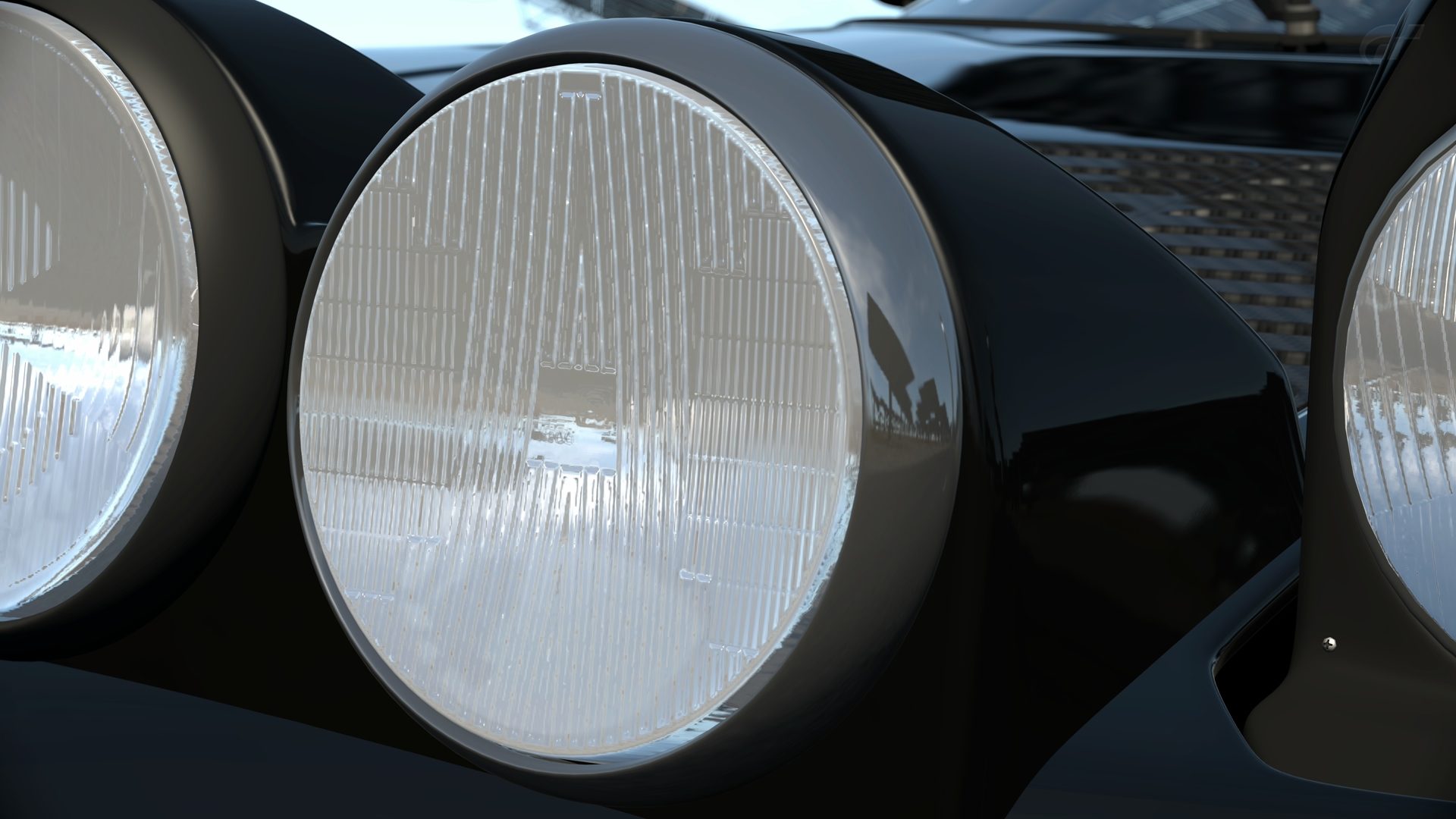

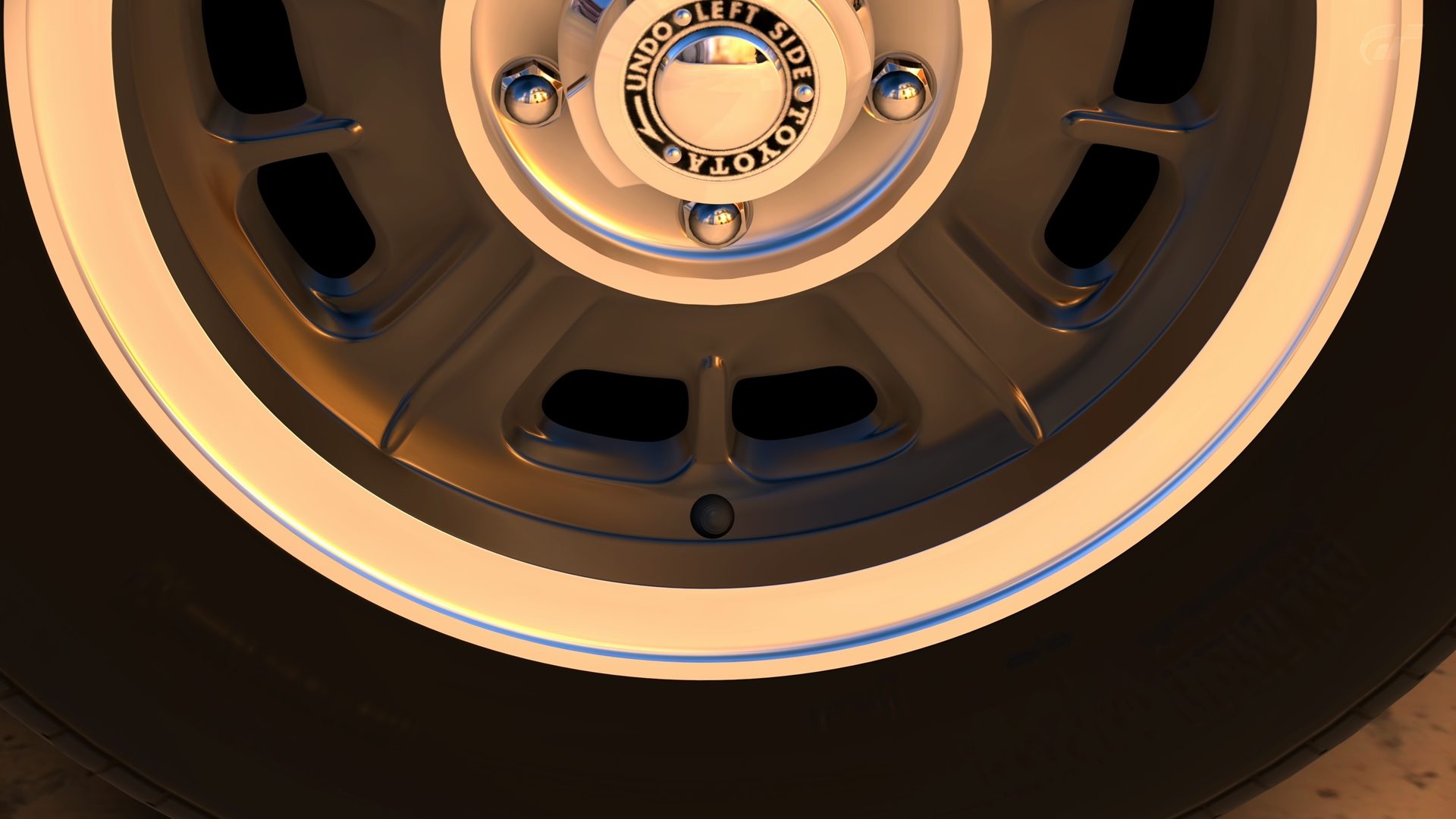
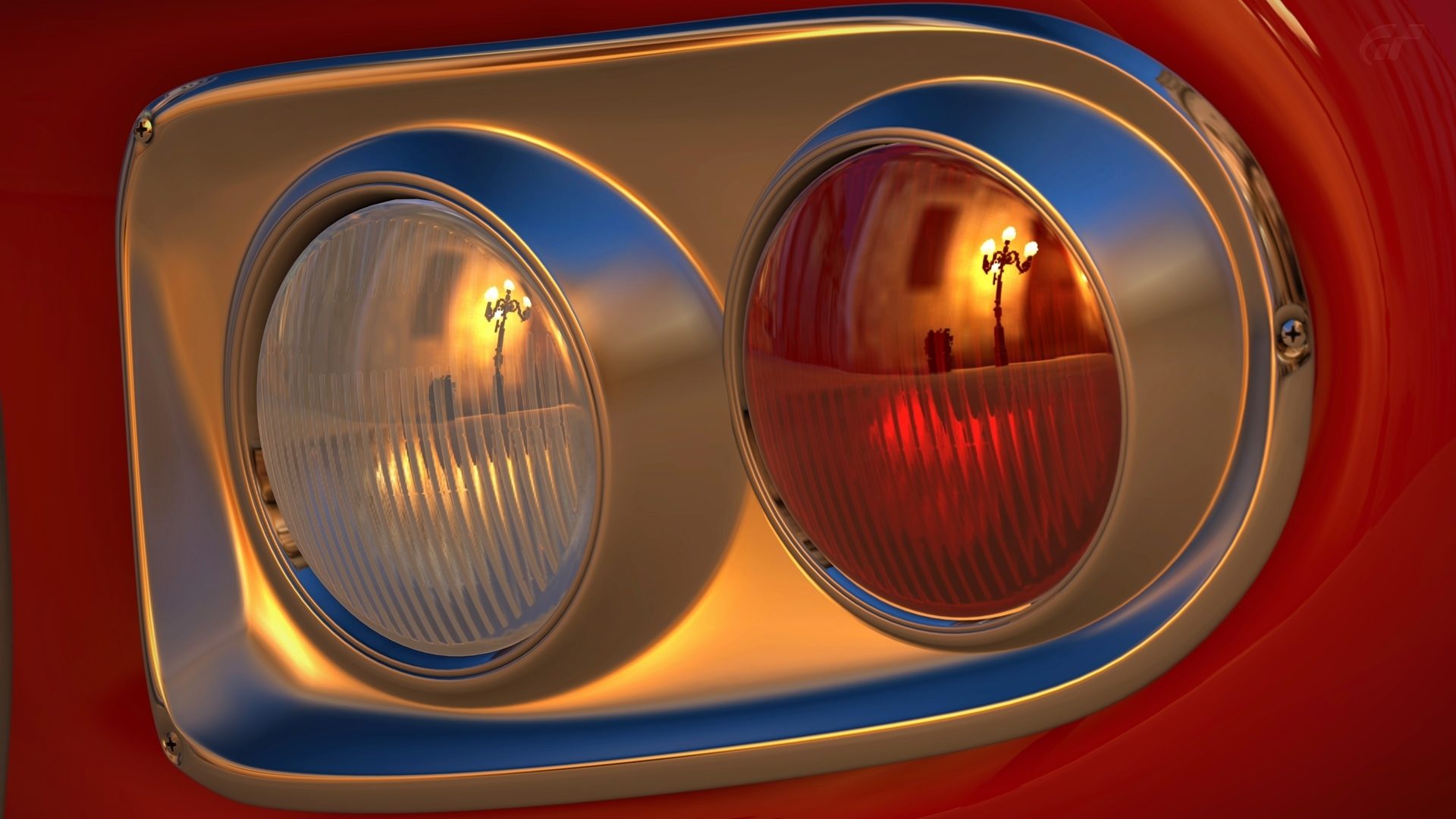
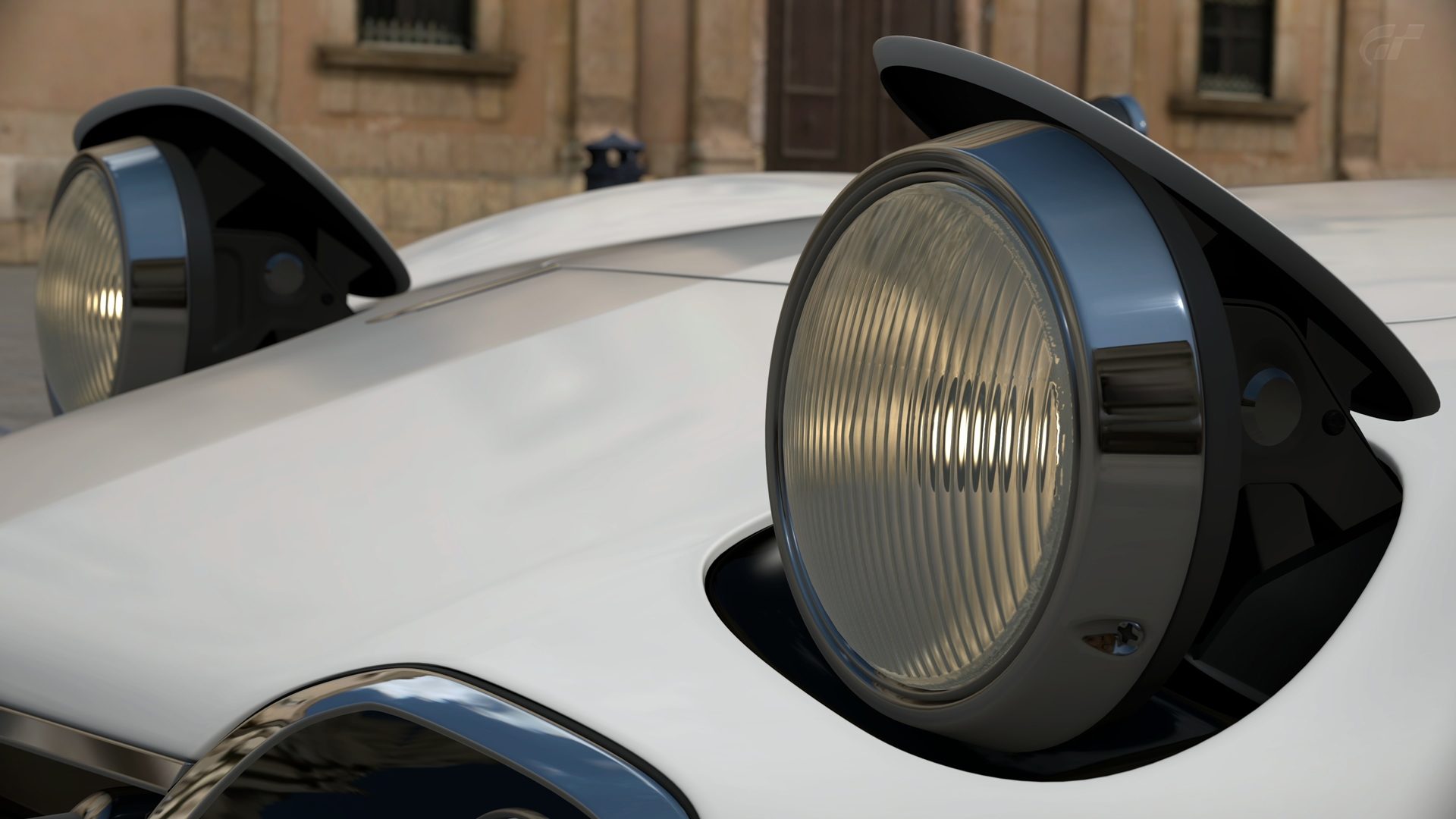
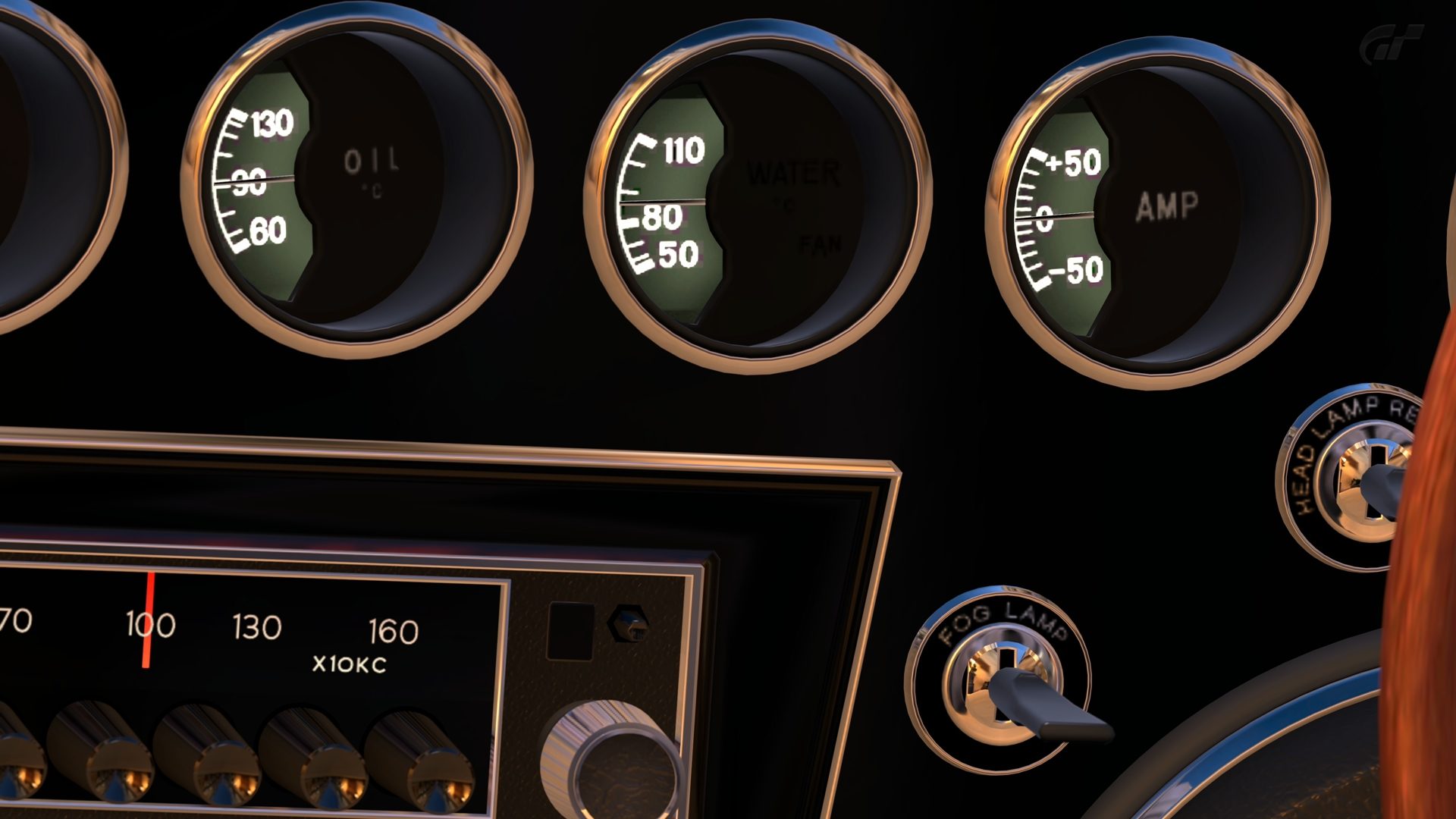
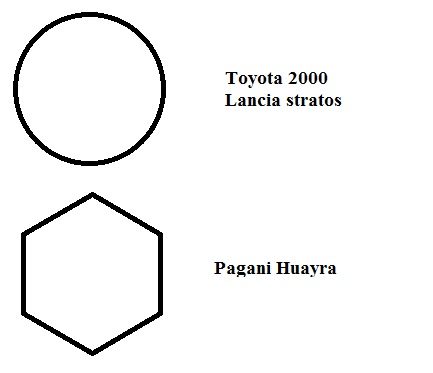
 however, no the numbers of polygons in GT5 was the same
however, no the numbers of polygons in GT5 was the same